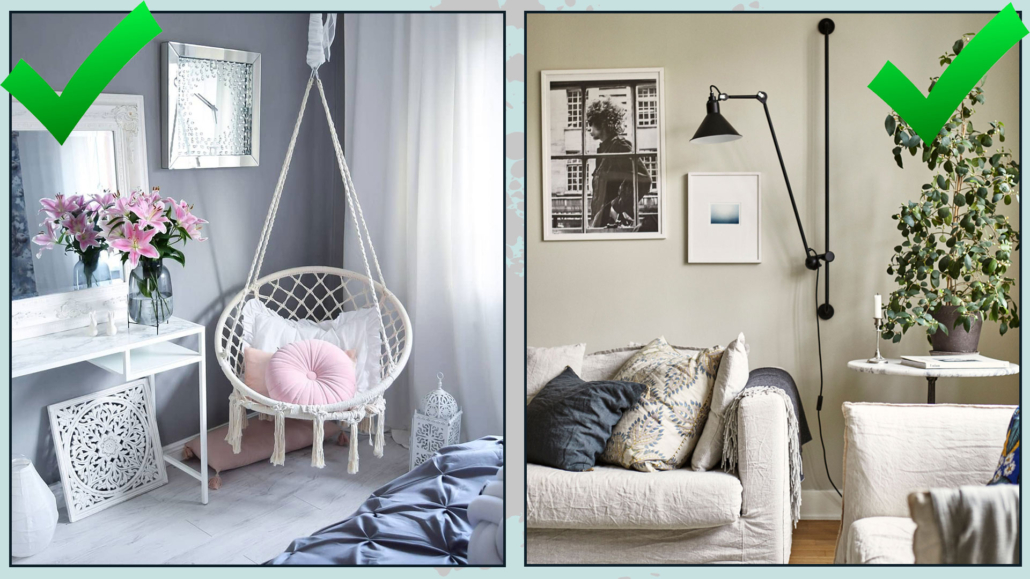To decorate a home, a professional follows some concepts I talked about here (you can find the video here)
However, 3 elements are the very basis from which to start decorating your home like a pro would do…
Let’s see together what they are and how to use them at home easily using common things.
1 – EMPHASIS
This element is also known as the focal point.
To create eye-catching spaces, combine bold features with secondary details that still attract attention.
Start by identifying the area or feature you want to highlight.
Here are a few ways to create a focal point:
– Use color.
Paint a wall — or even just a portion of it — in a contrasting color.
Make sure to stick to your color palette, but choose a more saturated version of one of your preeminent colors to make it stand out!
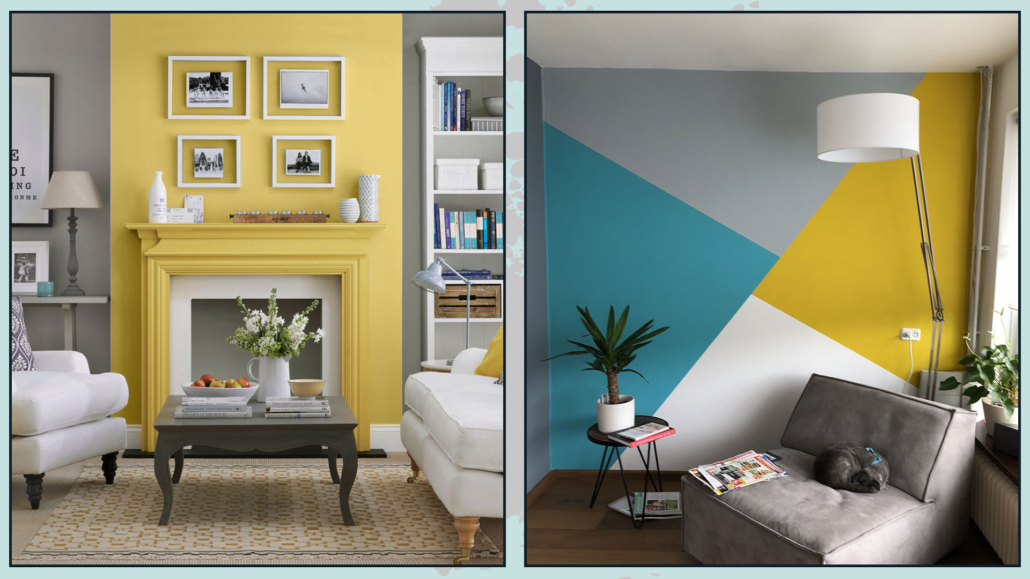
(credits: Rugh Design; archimadestudio.com)
– Use wallpaper.
Wallpaper adds more than just color — it brings texture, depth, and movement.
It creates a bold visual statement that brings a sense of drama to the space.
Geometric patterns or bold prints work incredibly well!
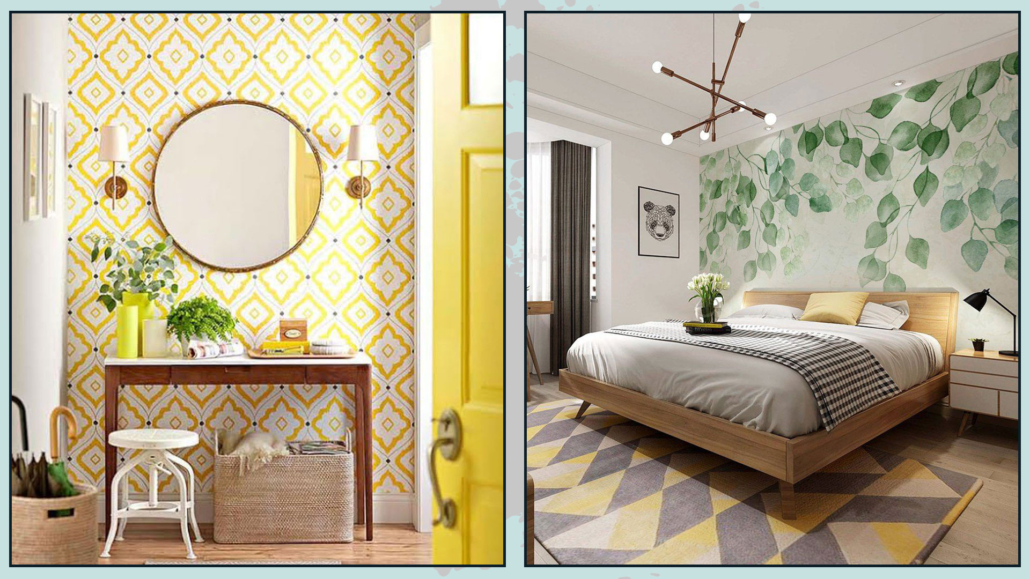
(credits: vivadecora.com; etsy.com)
– Use artwork and mirrors.
Artwork and mirrors are fantastic for drawing attention.
Choose artwork, a gallery wall, or a mirror that fits the wall size and complements the surrounding furniture.
And don’t forget the lighting — a spotlight or two will help make your focal point even more effective.

(credits: pianetadesign.it; etsy.com)
– Use a piece of furniture.
Your focal point doesn’t have to be on a wall!
A designer armchair or a large sofa in a contrasting color can add personality and grab attention.
These pieces draw attention and maintain balance and warmth in the room.
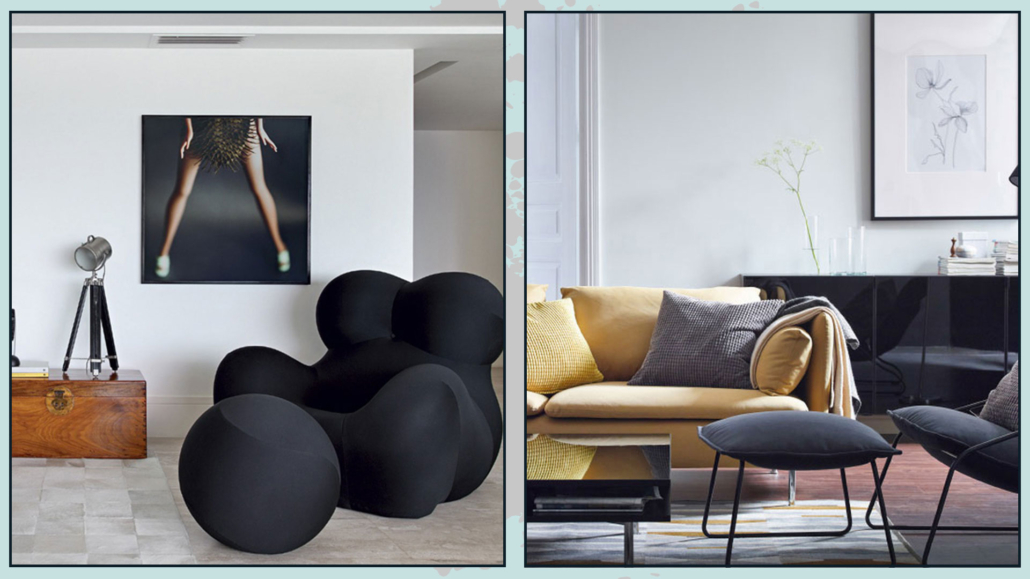
(credits: casaclaudia.abril.com.br; ikea)
2 – COLOR AND PROPORTION (The 60-30-10 Rule)
A color palette should feel harmonious and balanced.
To achieve this, your palette needs to be carefully designed with a mix of neutral colors and accent colors!
Neutrals usually serve as the base or background because they are versatile and easy to pair with any style or color.
Accent colors give personality and character to the space!
To use colors in a balanced way—so they fit well within the space and work harmoniously together—you can follow the 60-30-10 rule.
Here’s how it works:
– 60% is the main color of the room, usually a neutral.
It covers most of the walls, the floor, and the larger pieces of furniture.
– 30% is the secondary color.
It supports the main color but should be different enough to attract attention and create visual interest.
The secondary color is often applied to one wall or part of a wall, or on smaller furniture like armchairs or rugs.
– 10% is the accent color, which can be bold or vibrant depending on the style or atmosphere you want to create.
The accent color stands out clearly.
It appears in small items such as cushions, decorative objects like vases or poufs, and artwork.
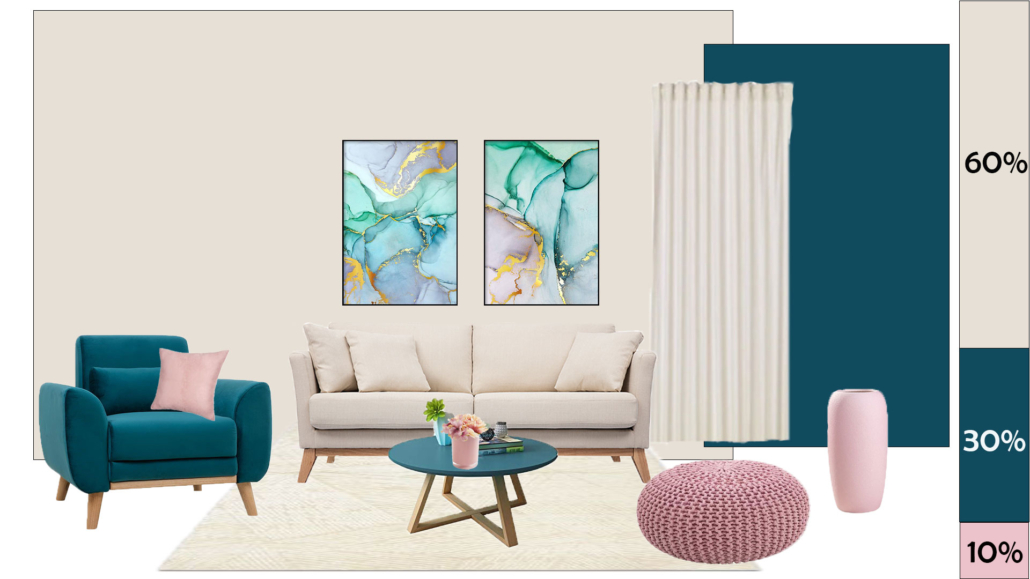
Following this rule will ensure your space feels balanced, well-proportioned, and visually appealing.
3 – MATERIALS AND TEXTURES
Materials and textures are truly essential elements in interior design because they add depth and character to a space, enhancing its overall look!
Every object has its own material and texture.
The secret is to find the right balance by mixing different materials and textures.
There are many ways to introduce textures and materials and create interesting, harmonious compositions:
– Mix different textures.
Add a throw blanket with a texture that contrasts with your sofa’s fabric, and maybe a few cushions in different fabrics. Don’t forget curtains and rugs, too.
Bring in an armchair made of contrasting materials.
The key is to place contrasting materials and textures close together.

(credits: casafacile.it; graziademonte.com)
– Add accessories.
Vases, baskets, trays, and candle holders bring texture and variety.
Group them with contrasting colors or materials for visual interest.
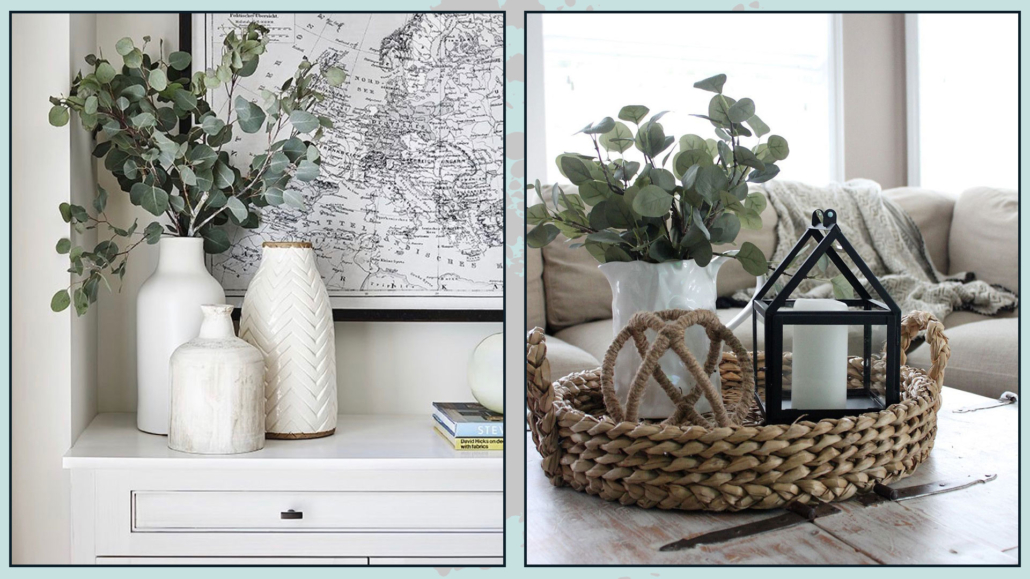
(credits: orsipanosinteriors.com; pinimg.com)
– Include plants and flowers.
Whenever I talk about plants and flowers, I mention how they add color and texture, so it’s no surprise to see them here again!
Plants are wonderful because you can add them to any style or color scheme.
Depending on the size of the plant or the pot, you can place them almost anywhere: from a corner of the room to your coffee table!
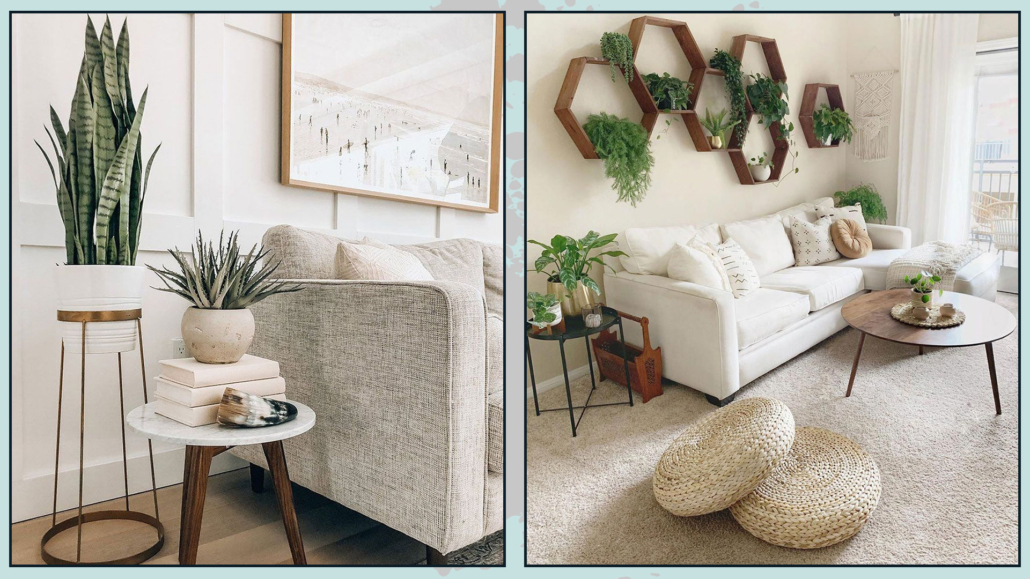
(credits: Brianne Penney; decor.by.dp)
These three elements are fundamental for creating truly amazing atmospheres.
They are the secret to decorating your home like a pro!
I hope you enjoyed this article and found it helpful.
If so, don’t hesitate to share it with someone you think might be interested; I would be honored, and it will help me gain more visibility.
If you need help with any room in your home, I would be honored to assist you. Book a personalized consultation today.

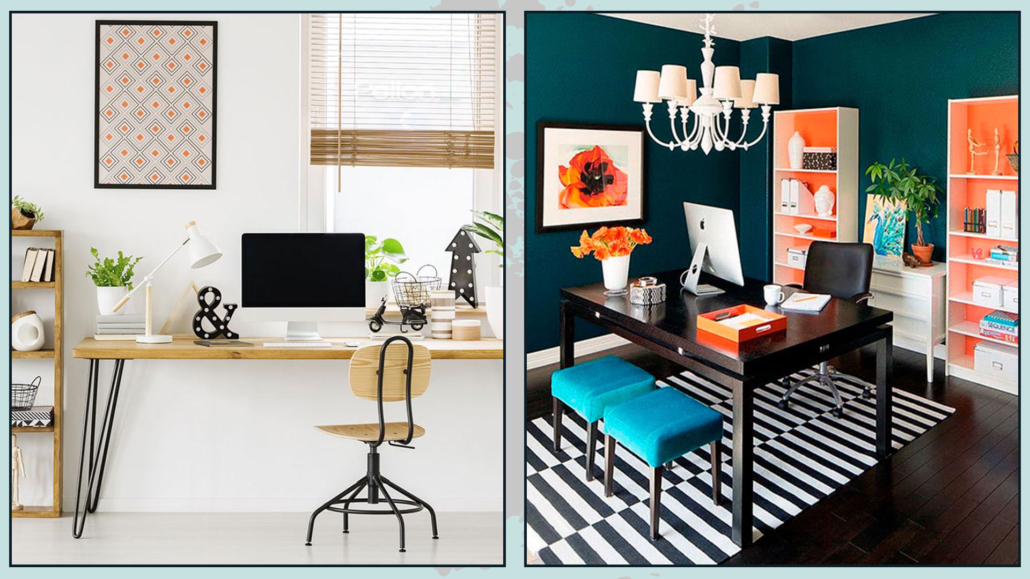
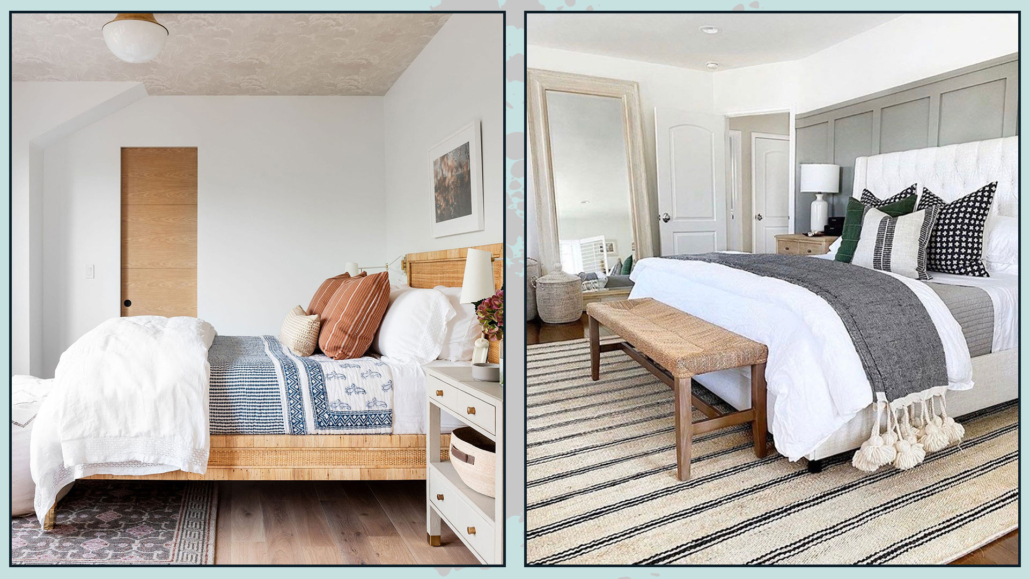

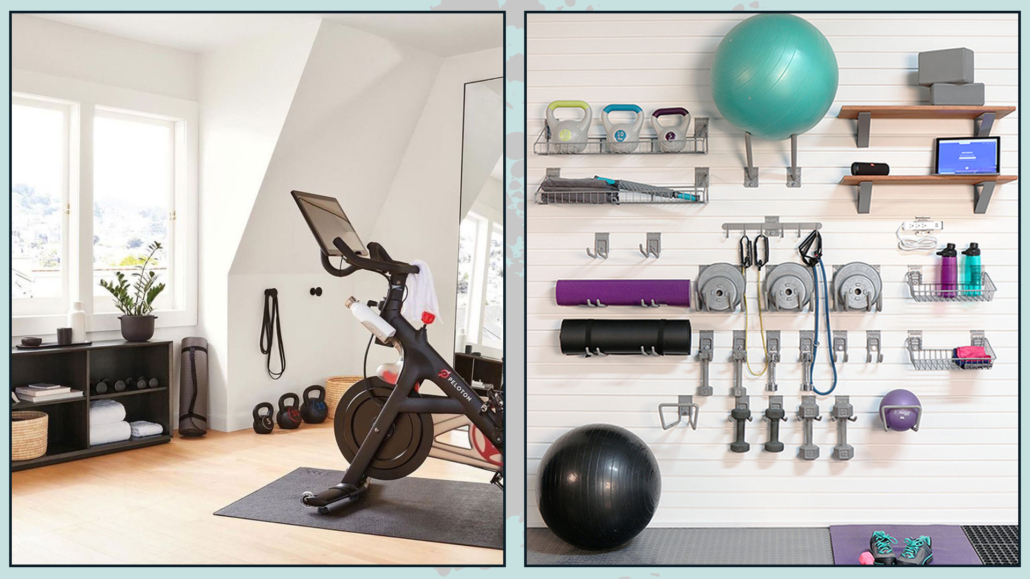
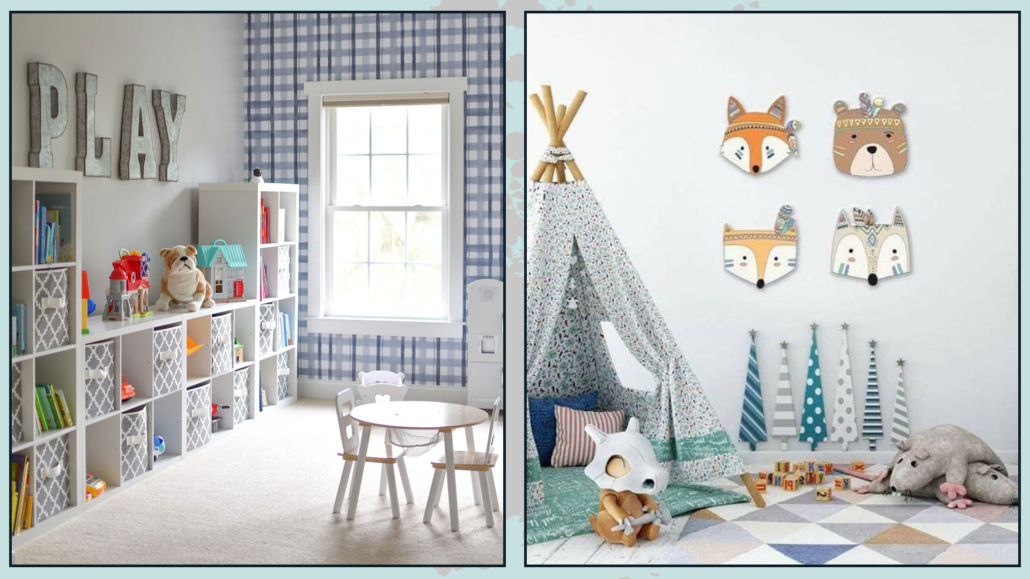

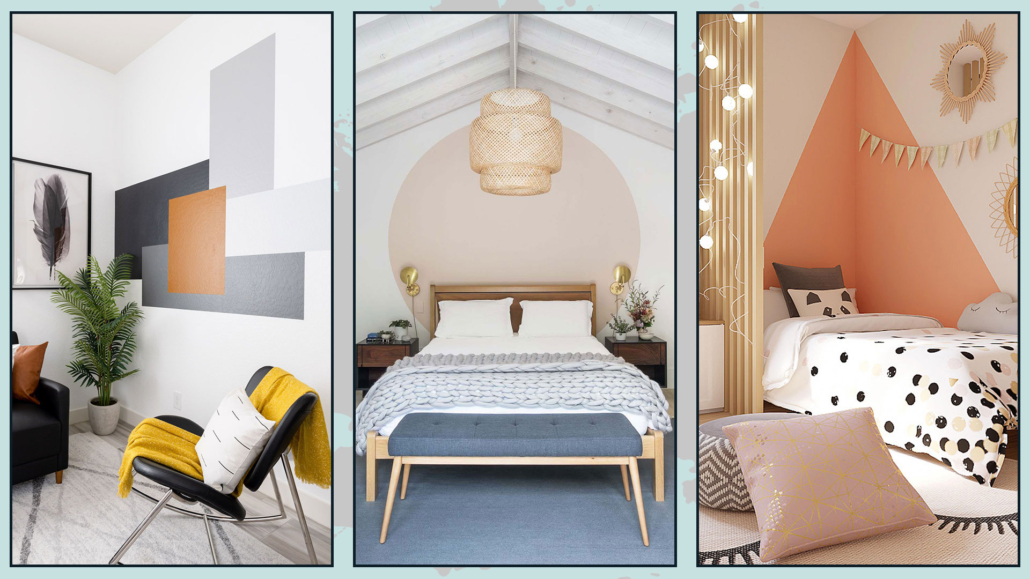


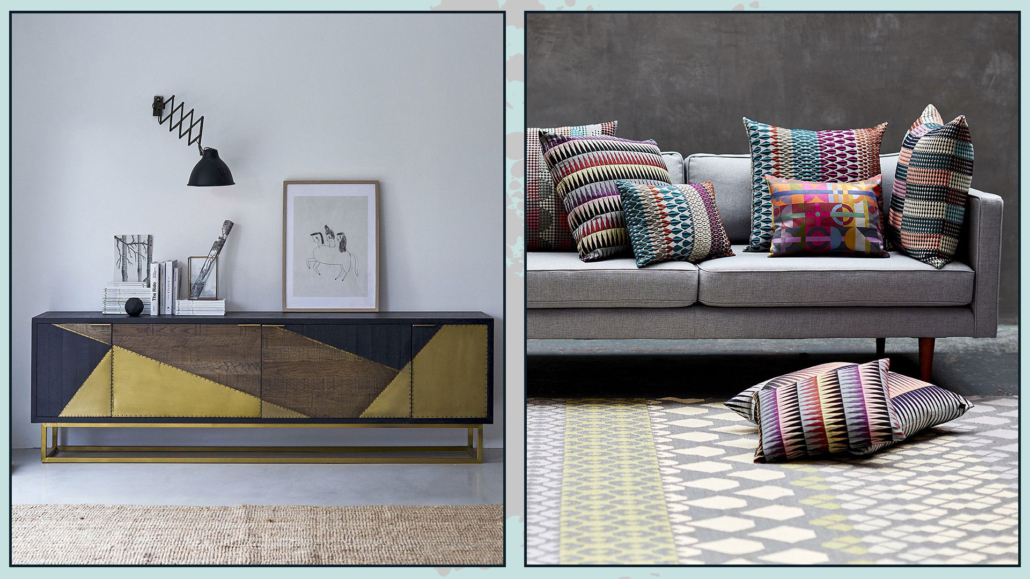

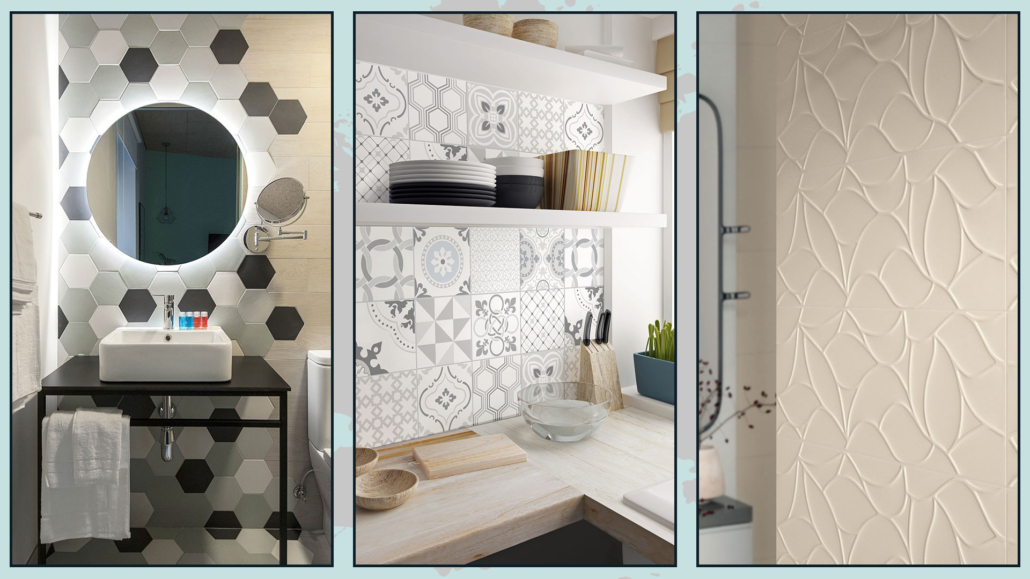
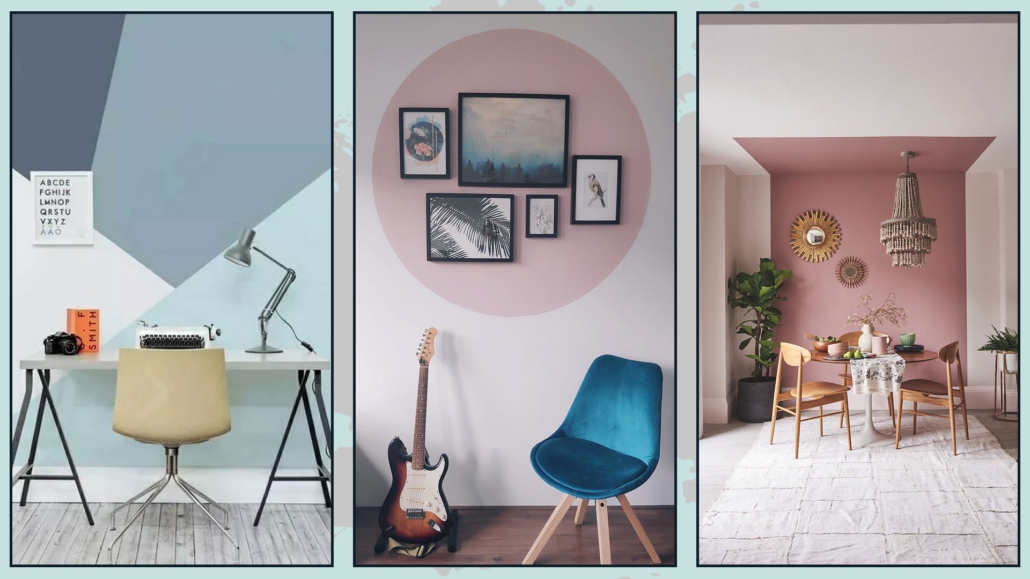


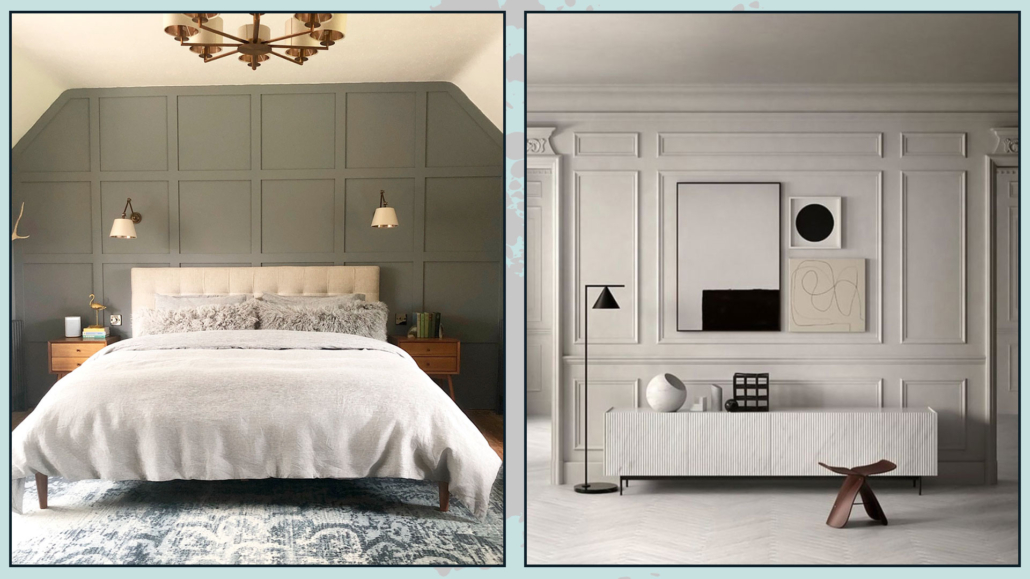

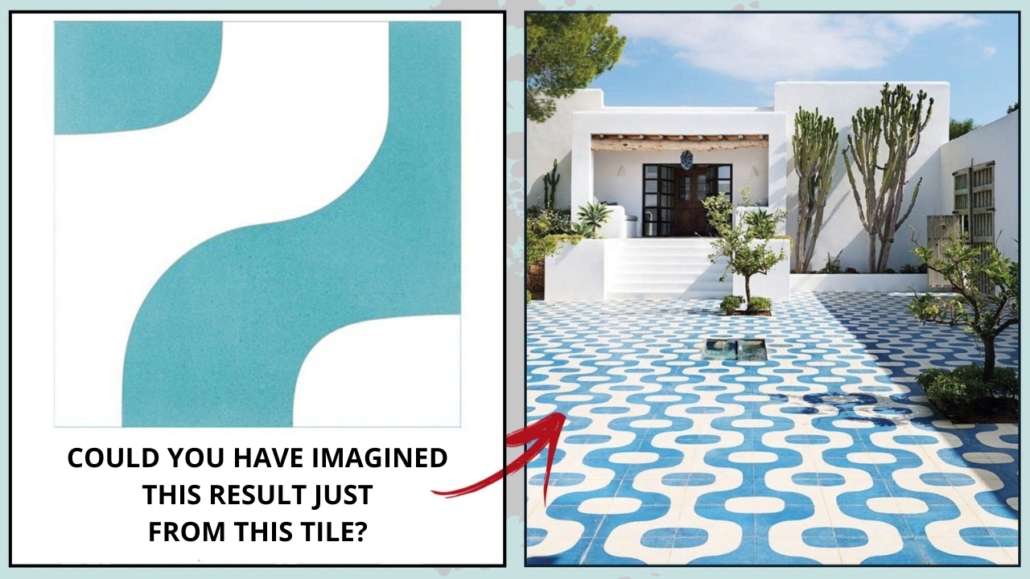
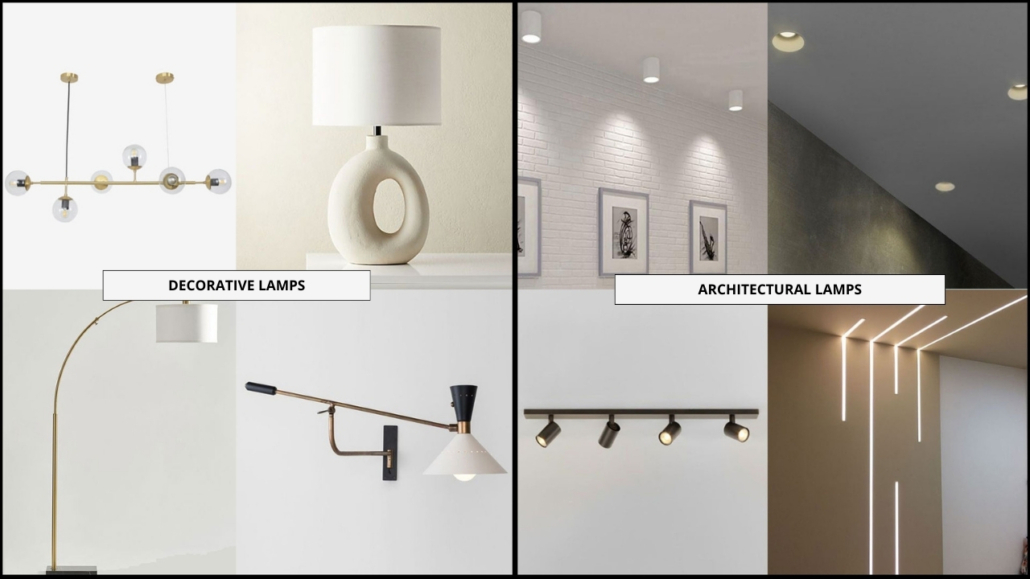
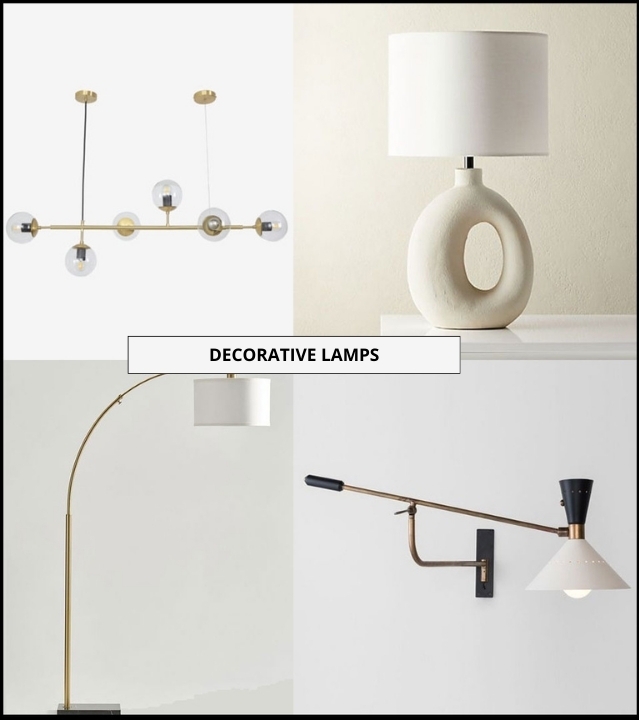

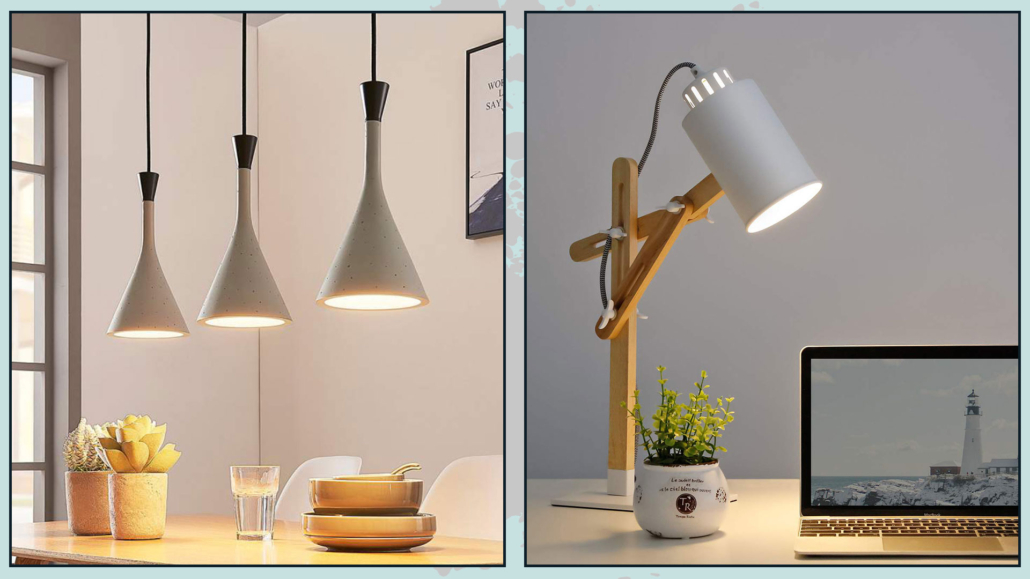
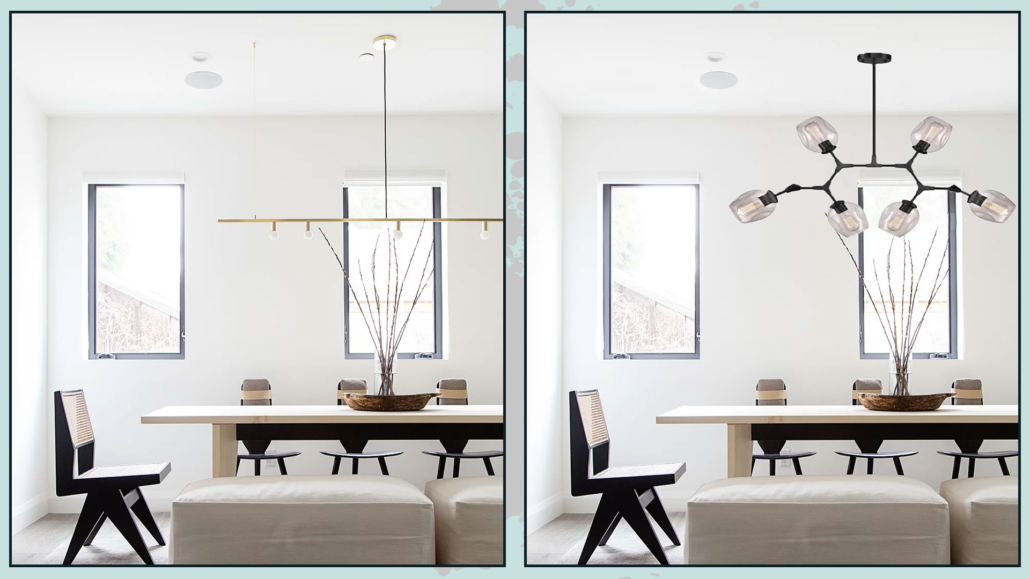
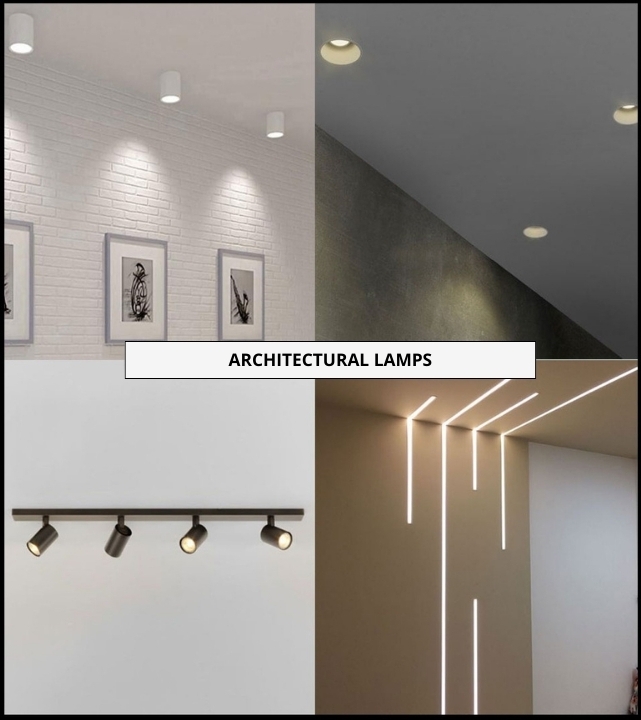
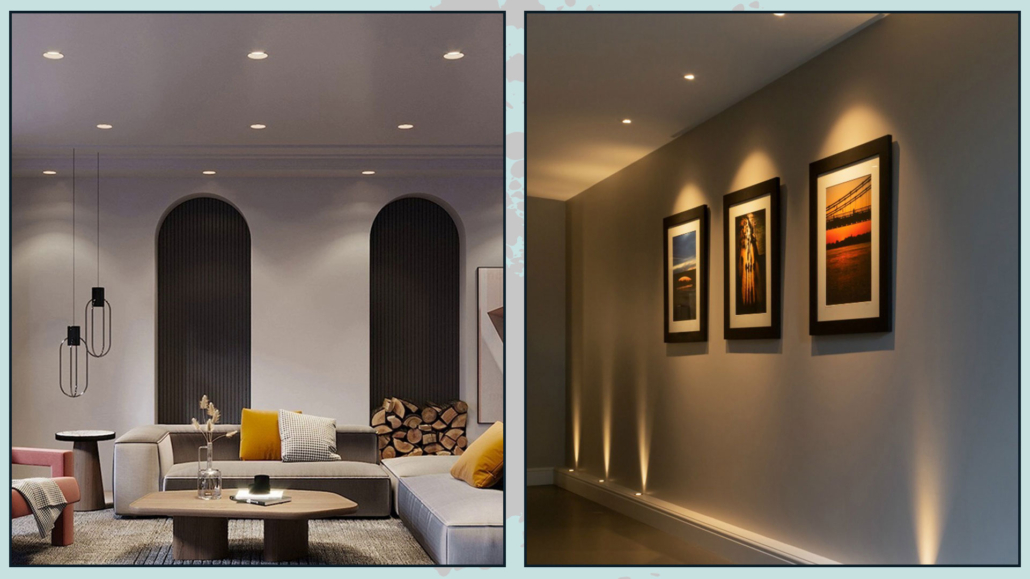
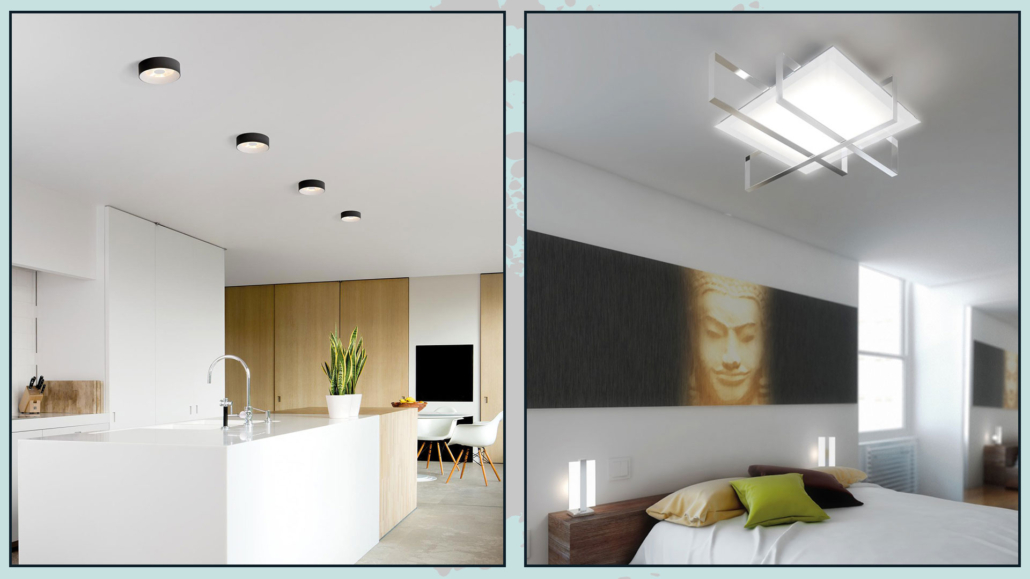

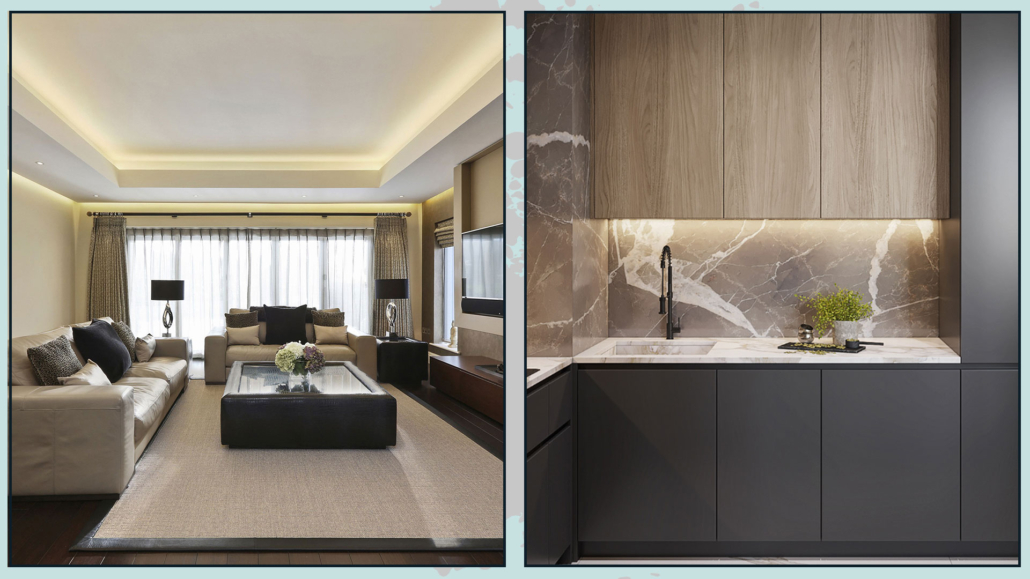

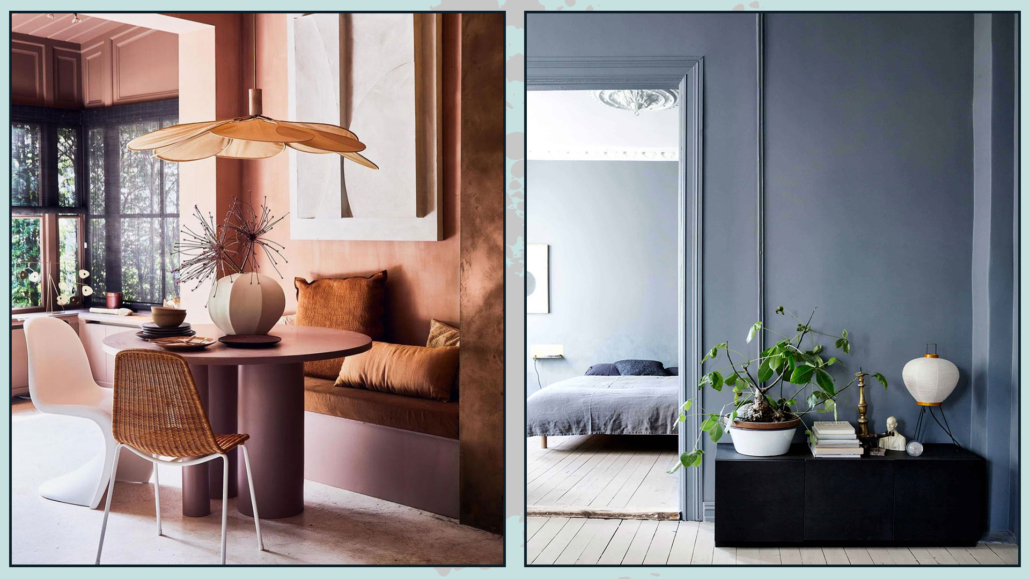

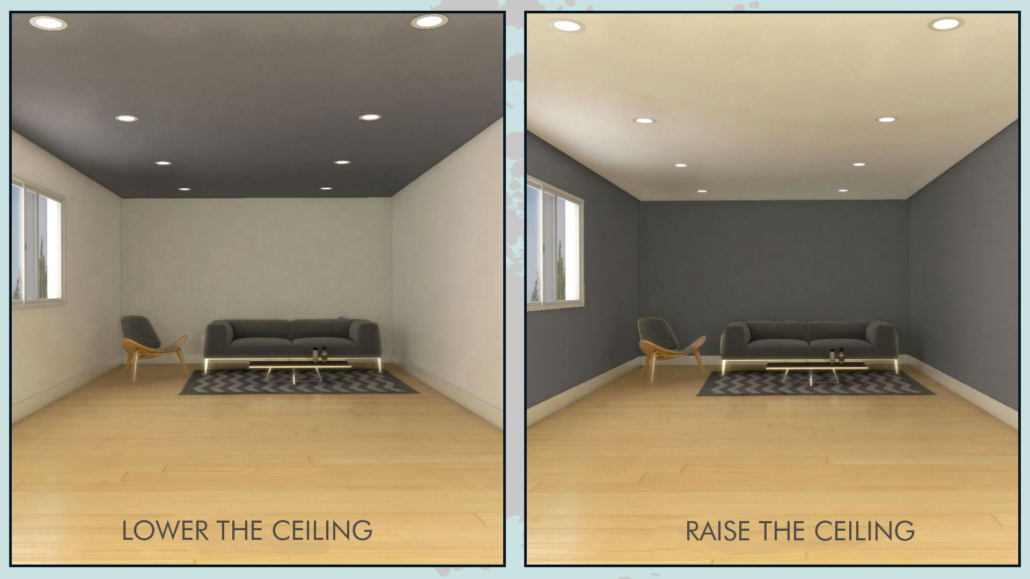
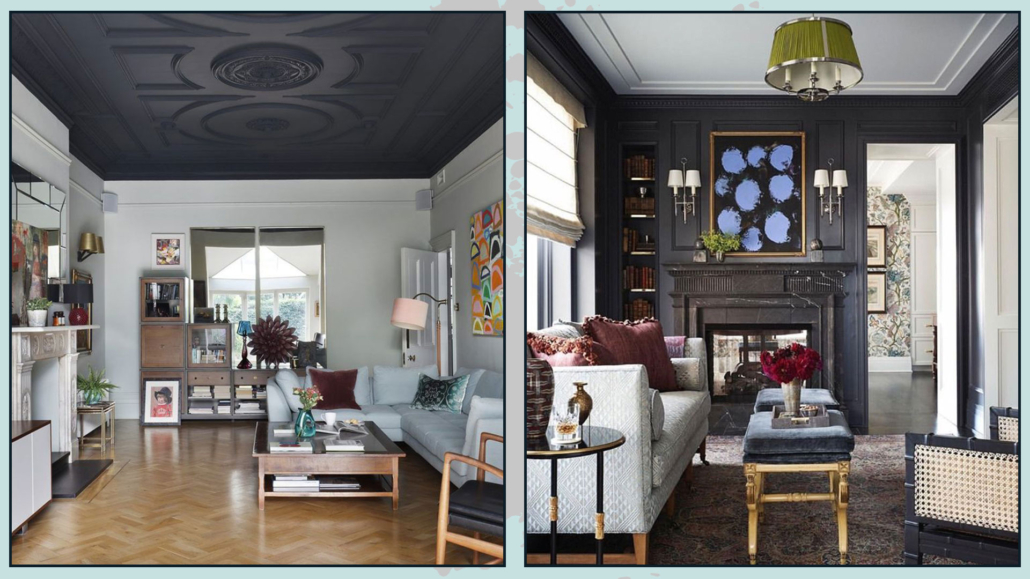
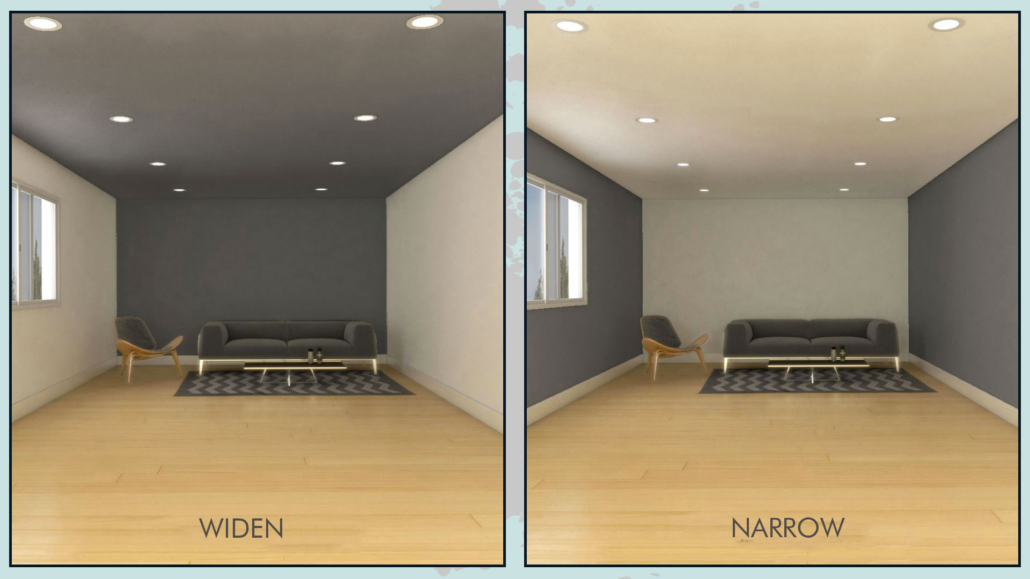
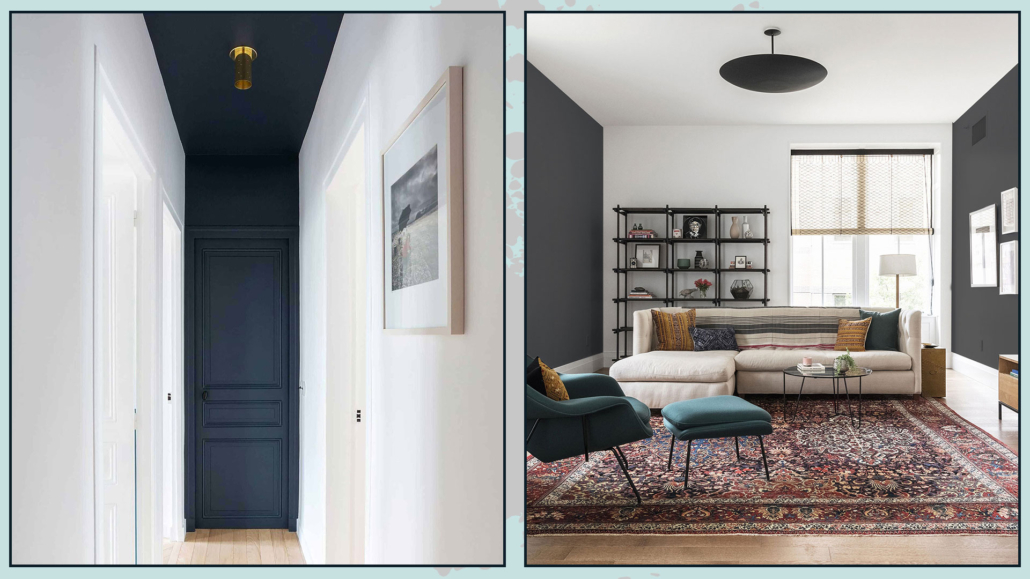

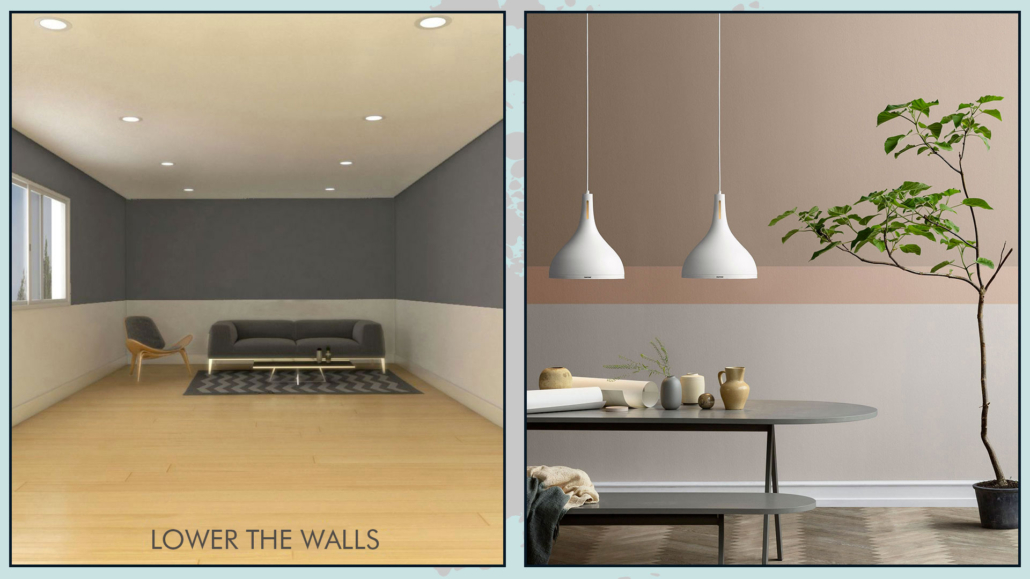
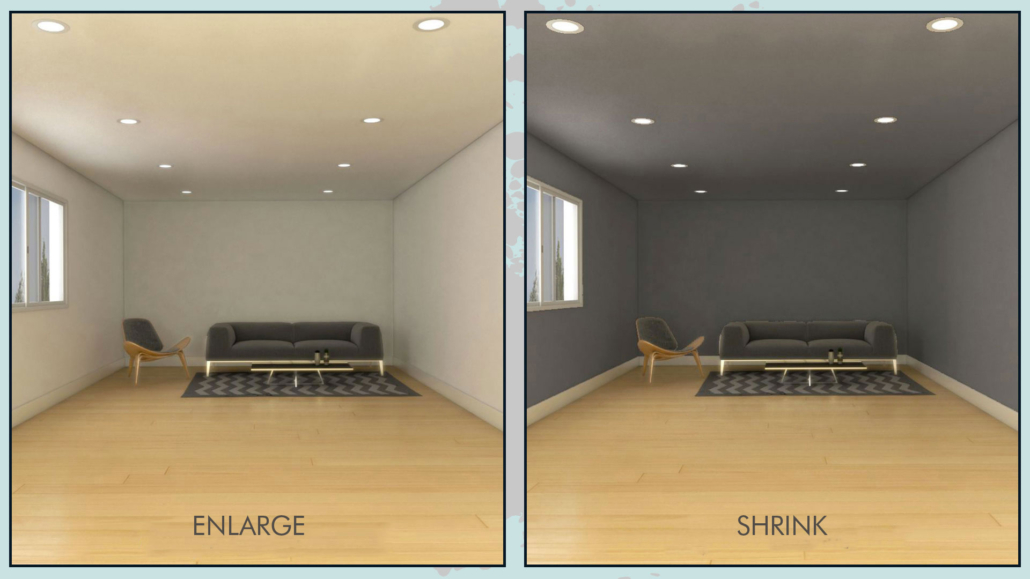

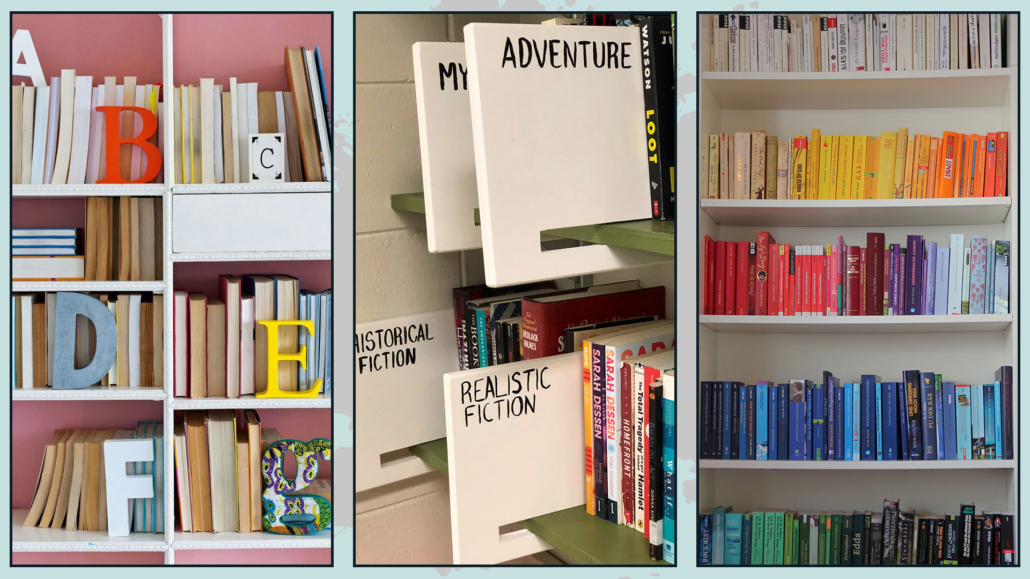
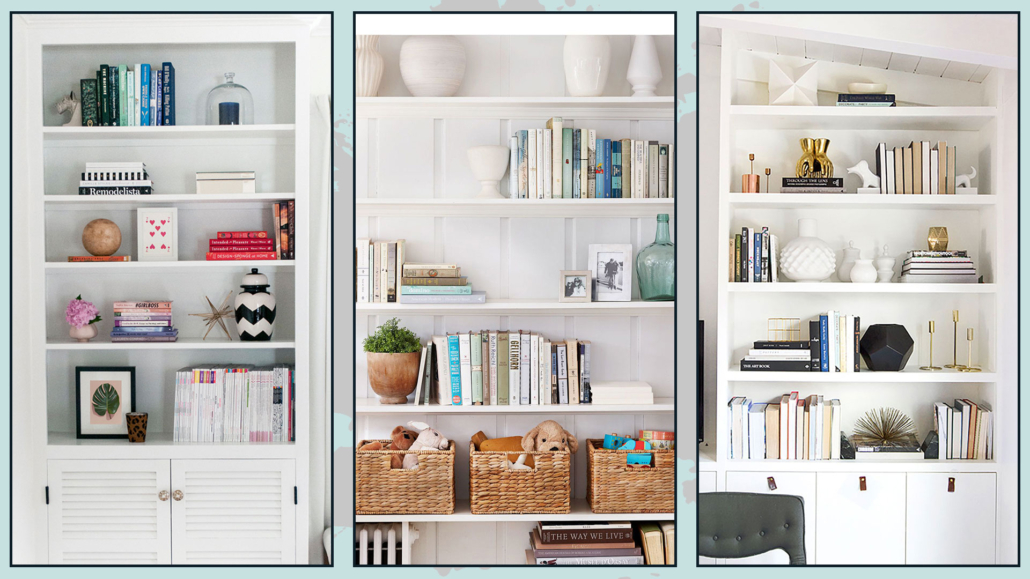
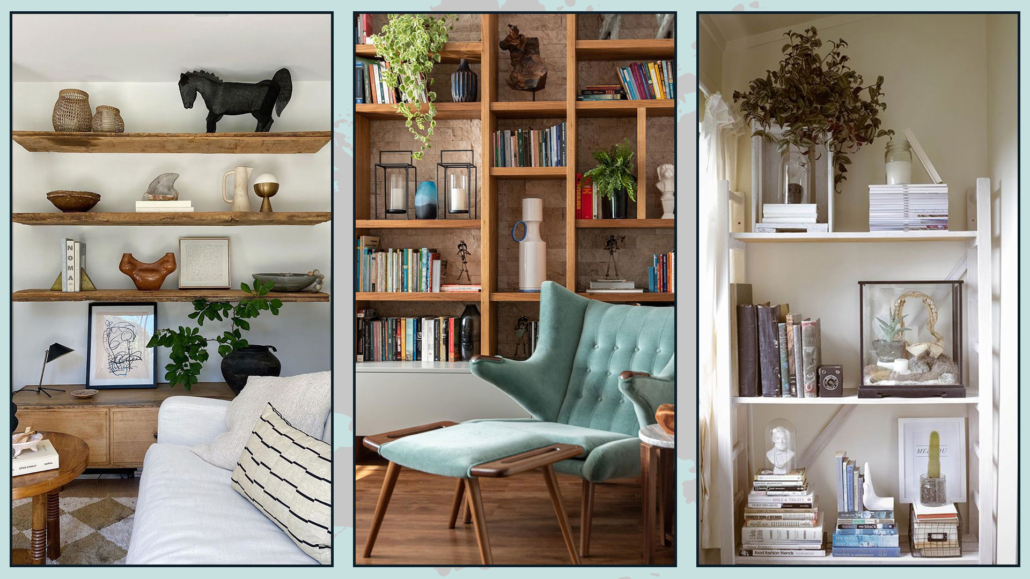

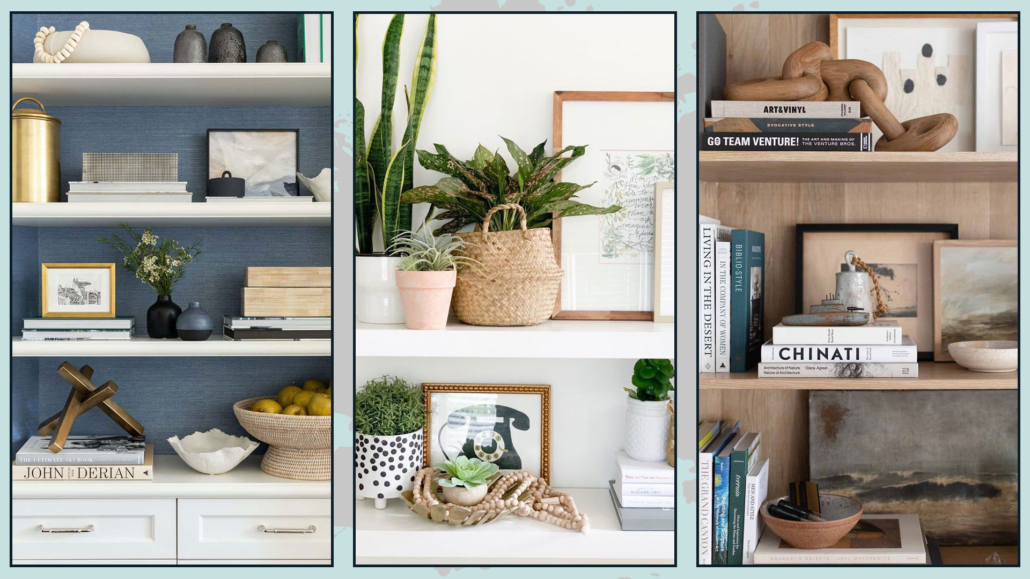
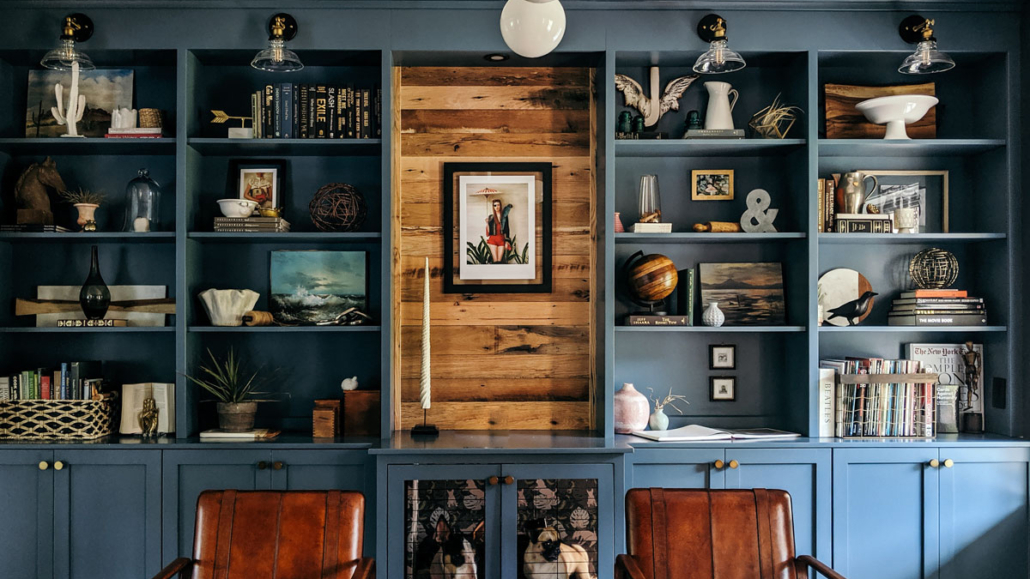
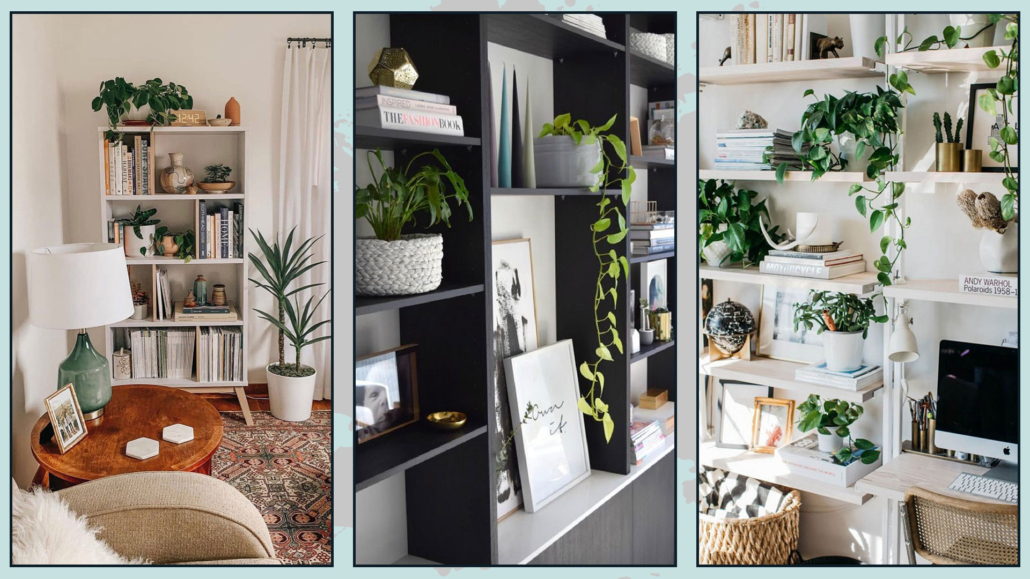
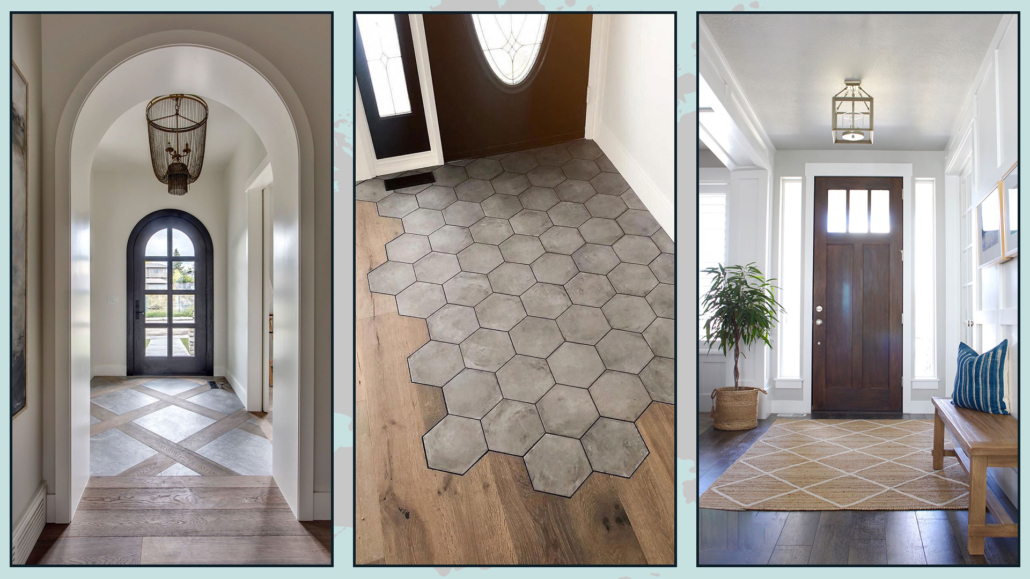



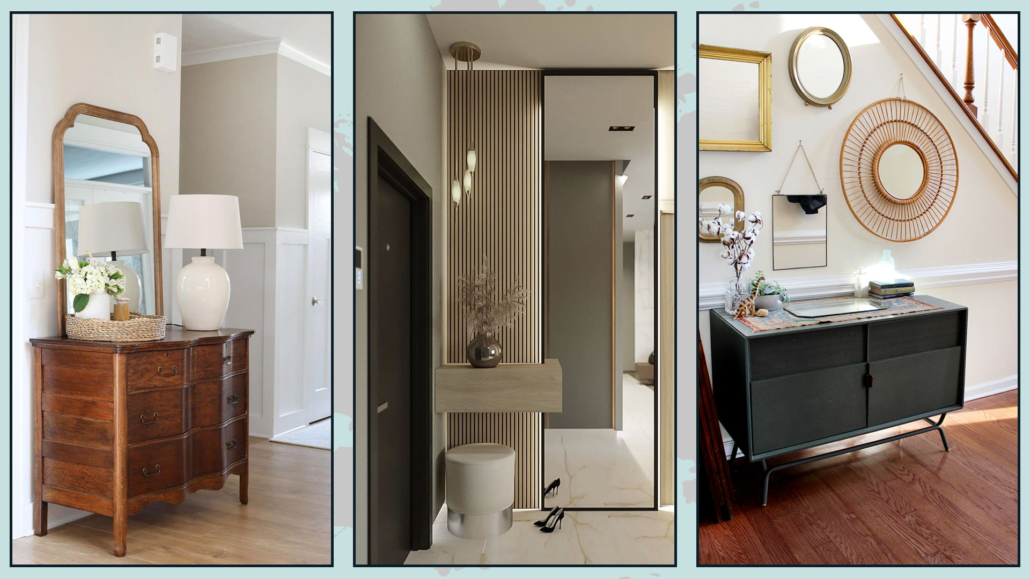
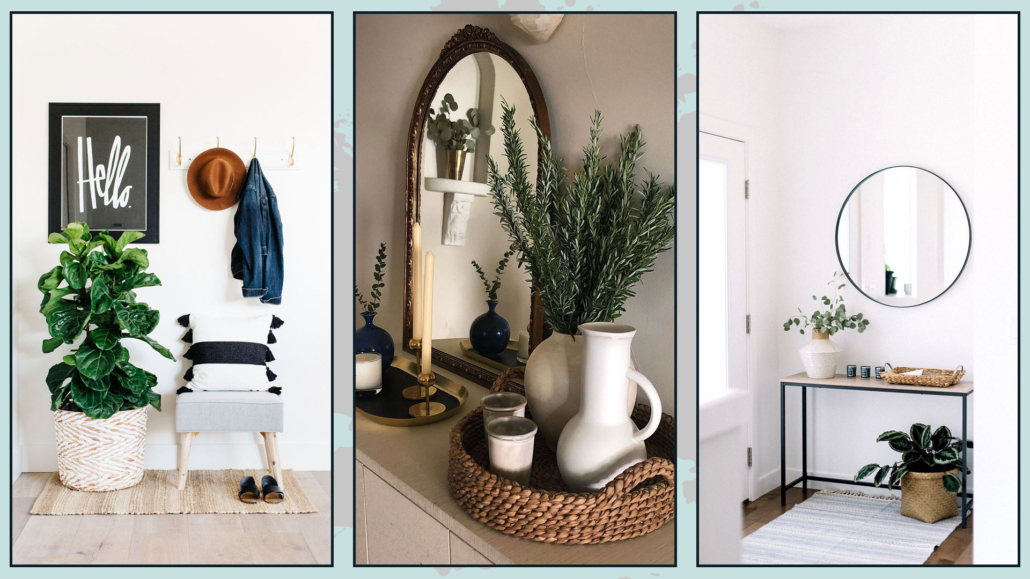
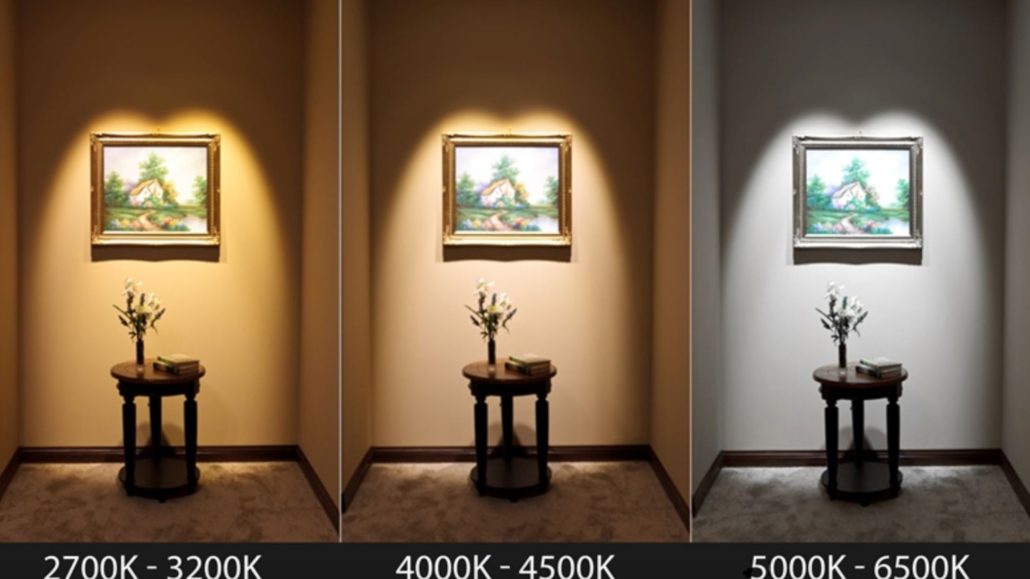

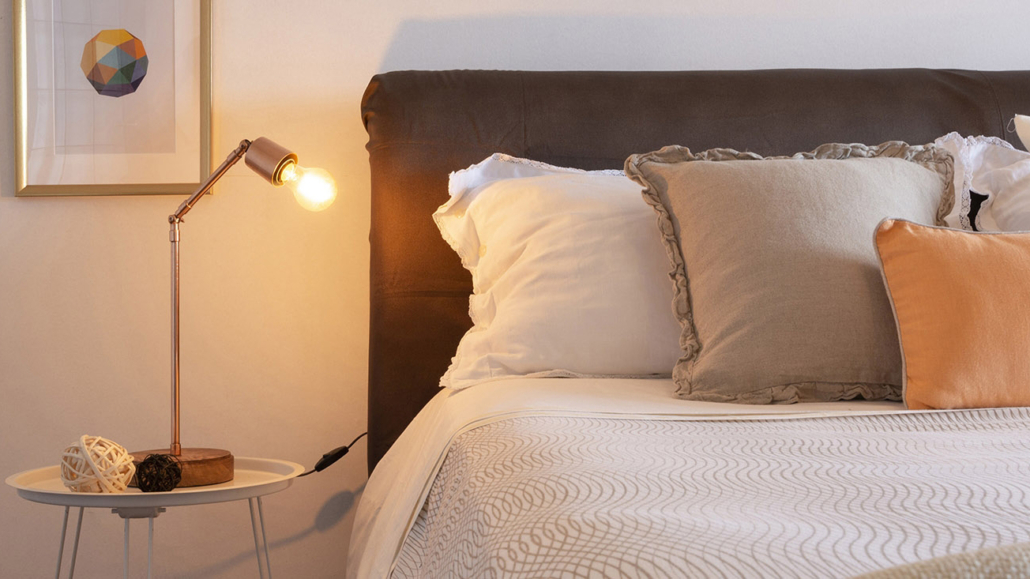
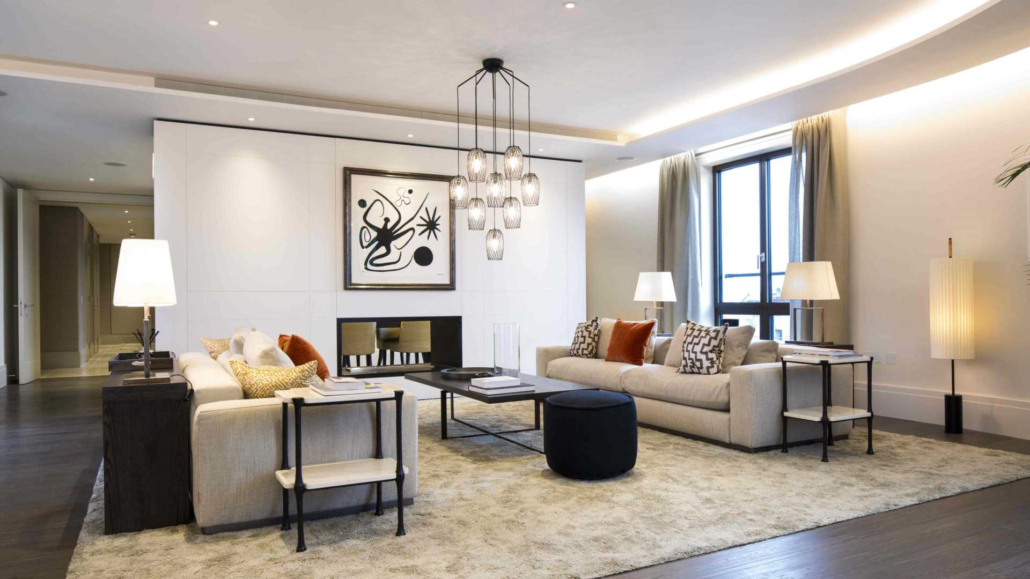
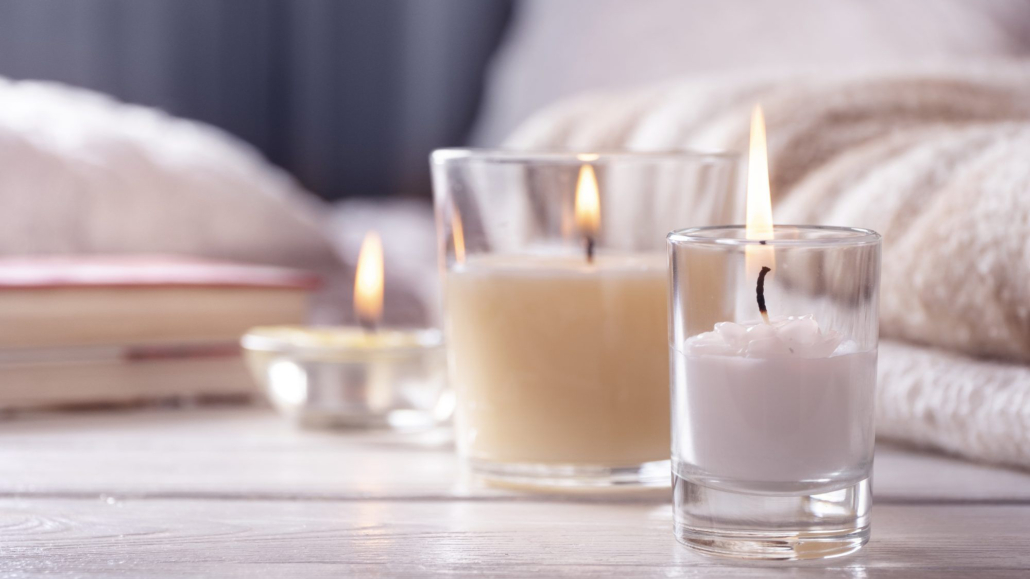

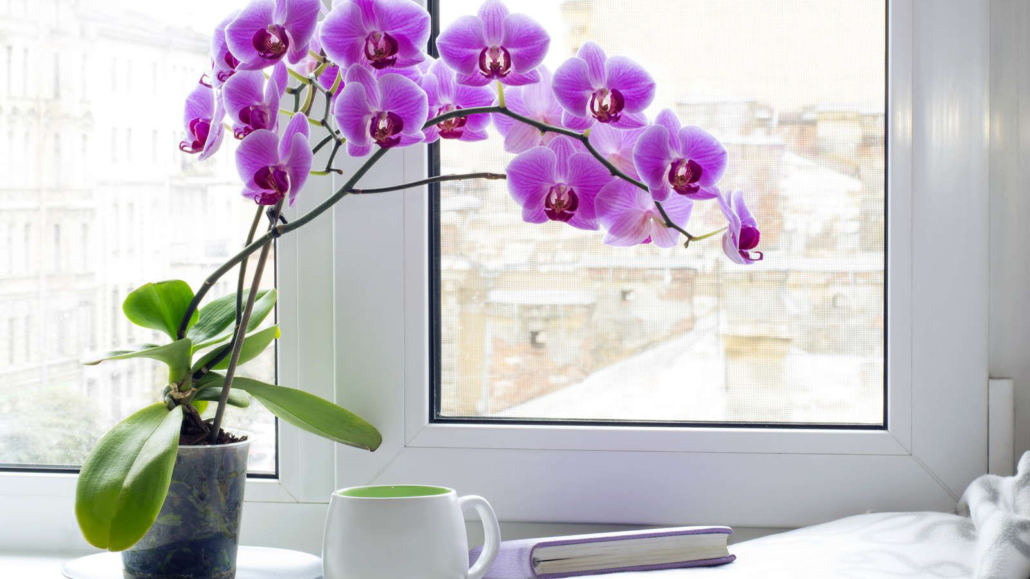

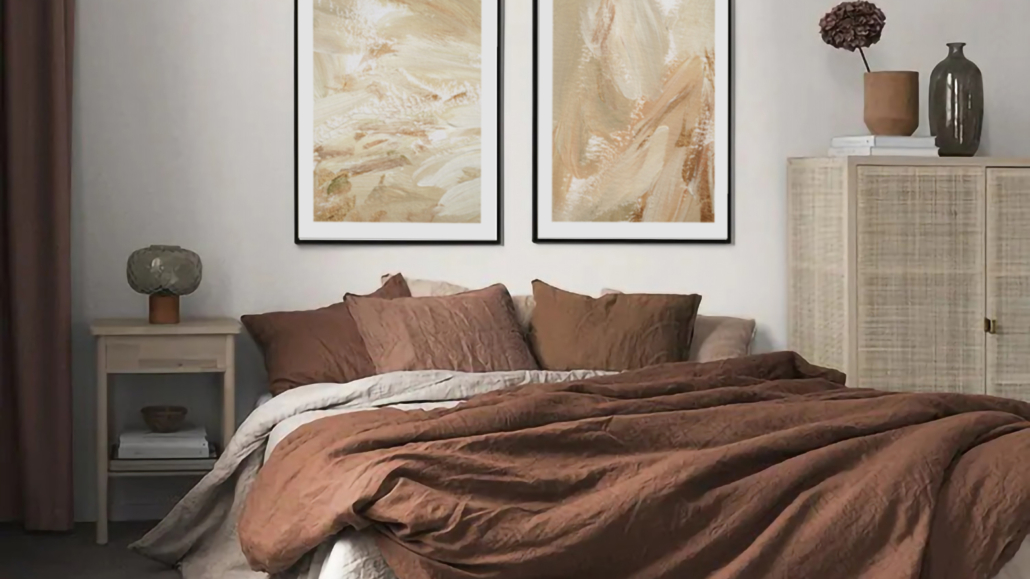

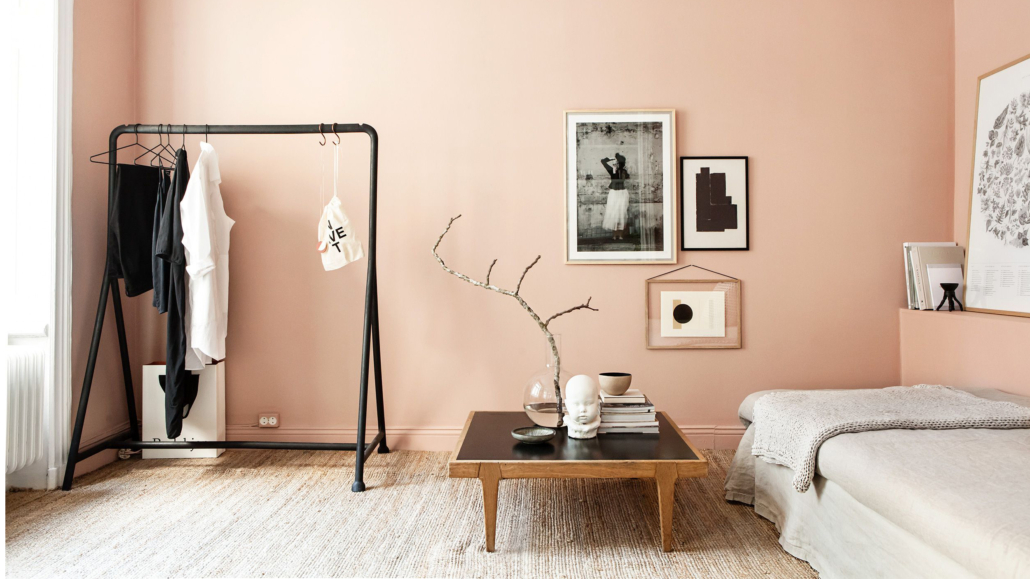
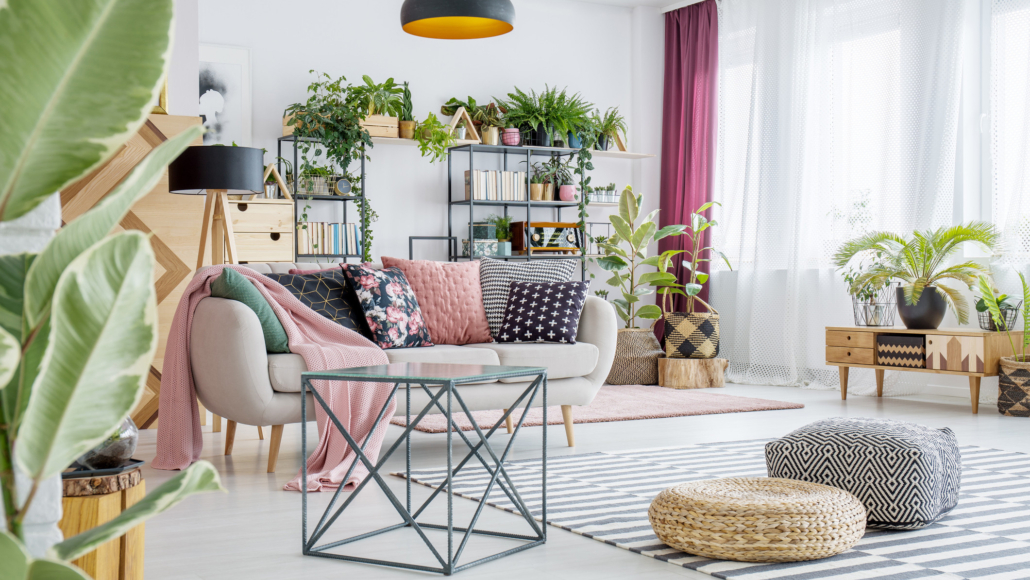
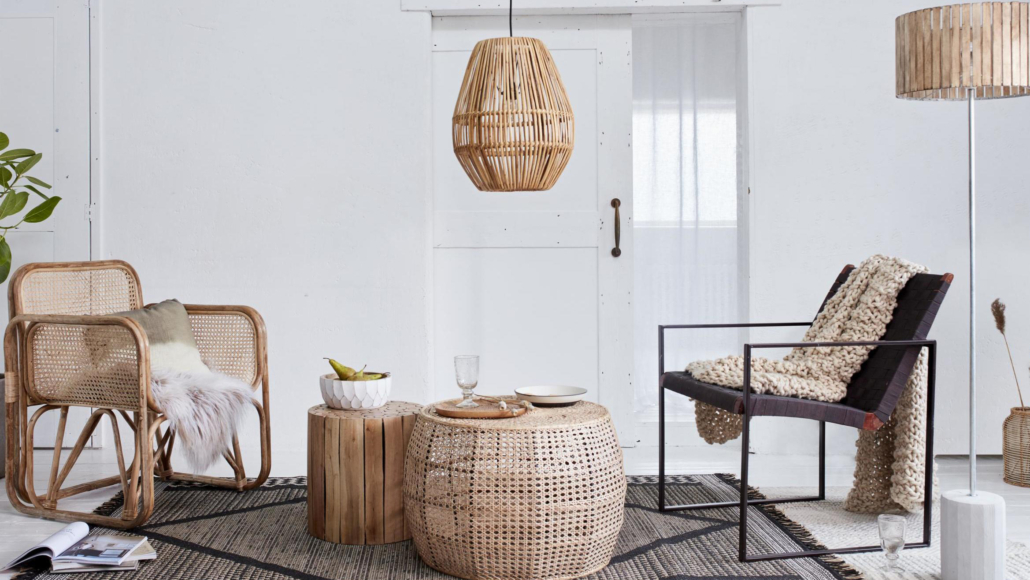
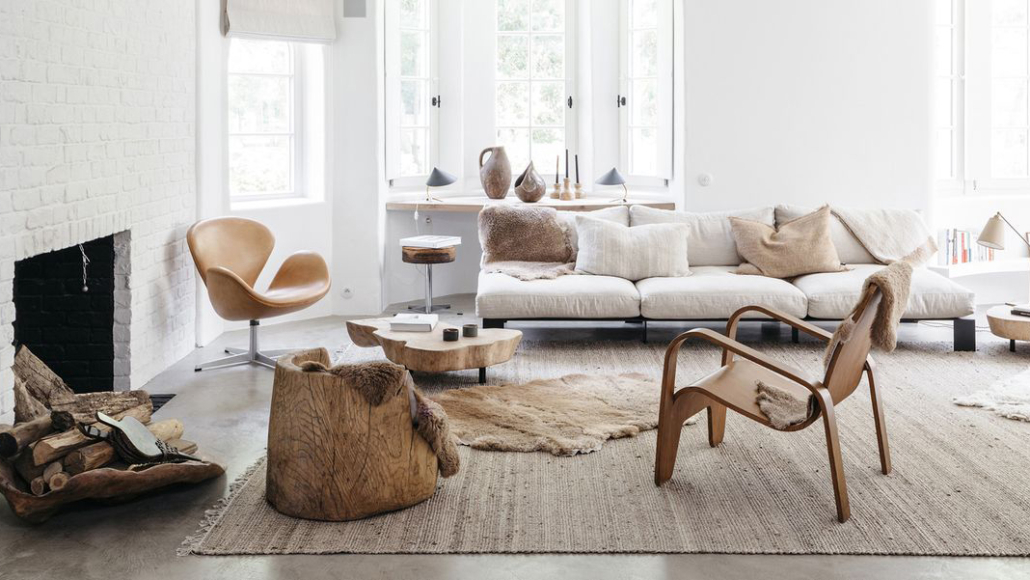
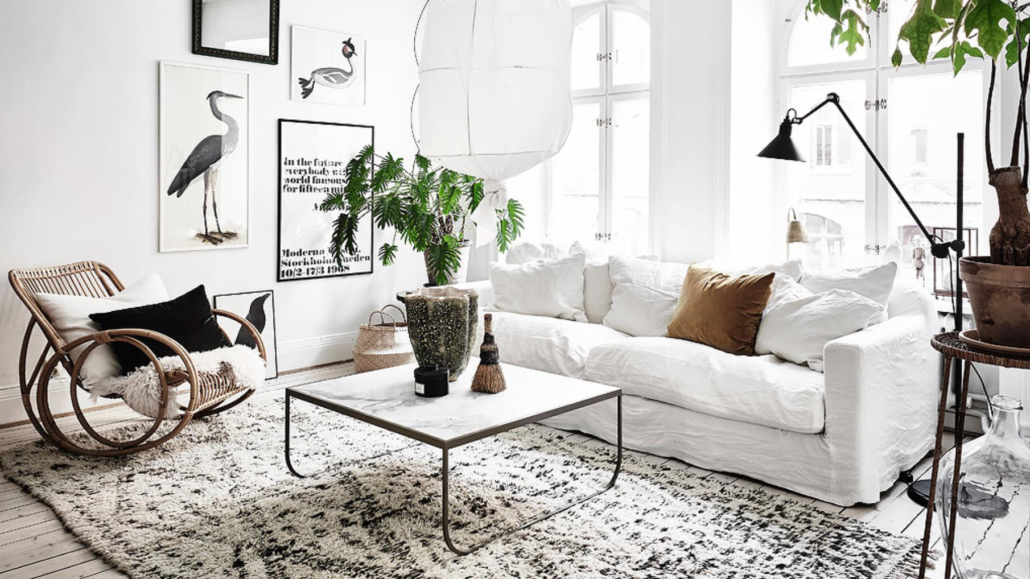

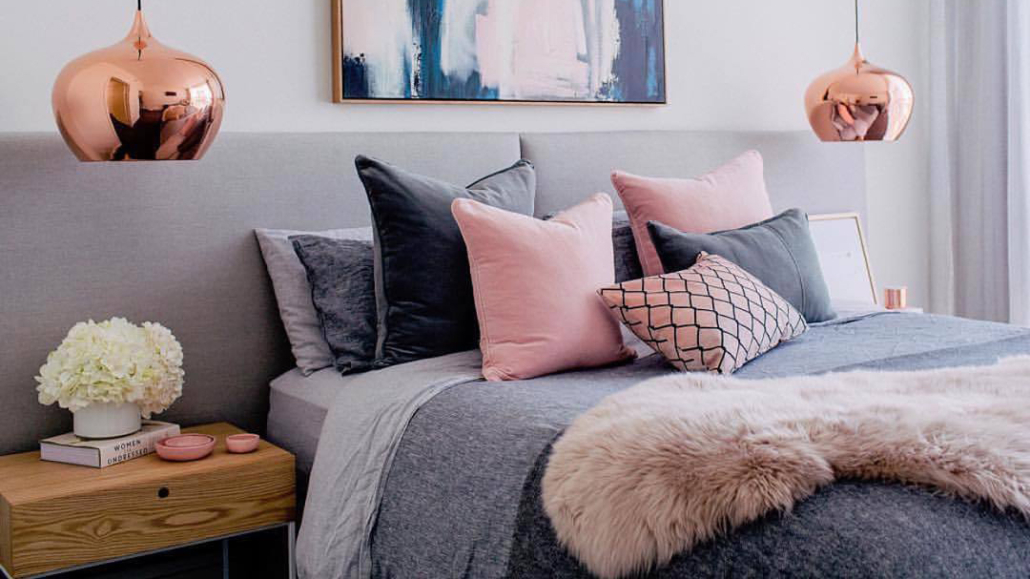



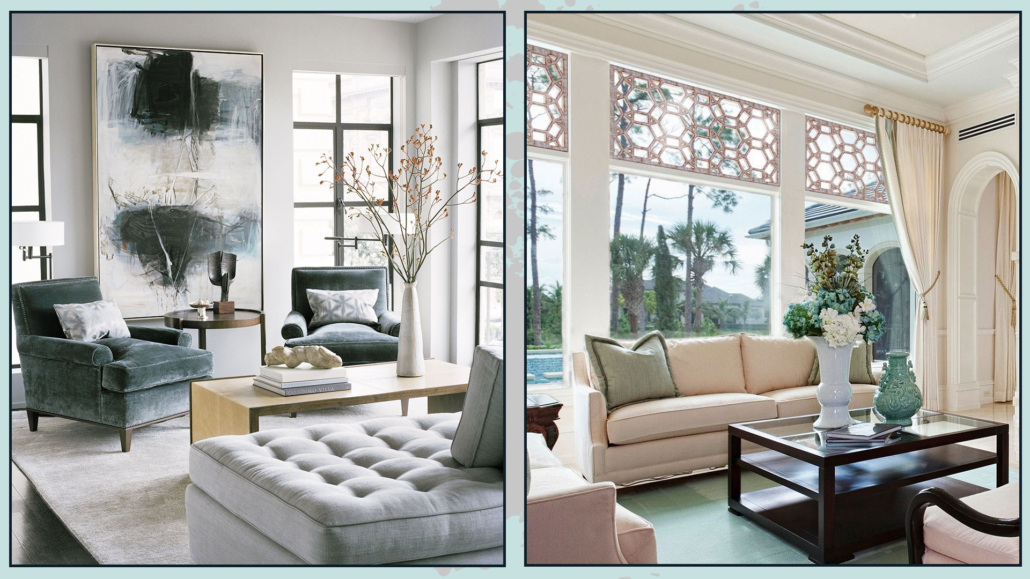
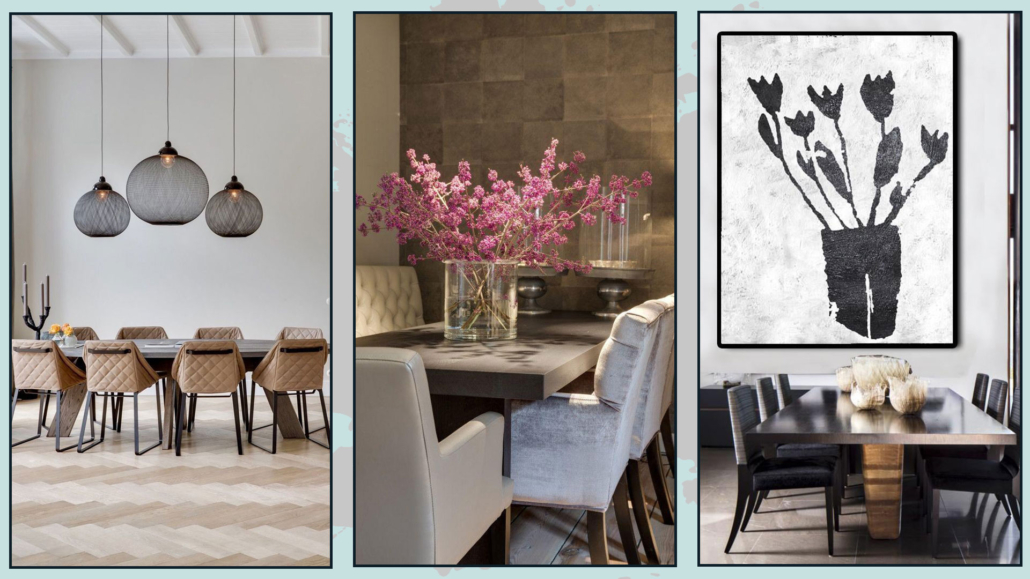
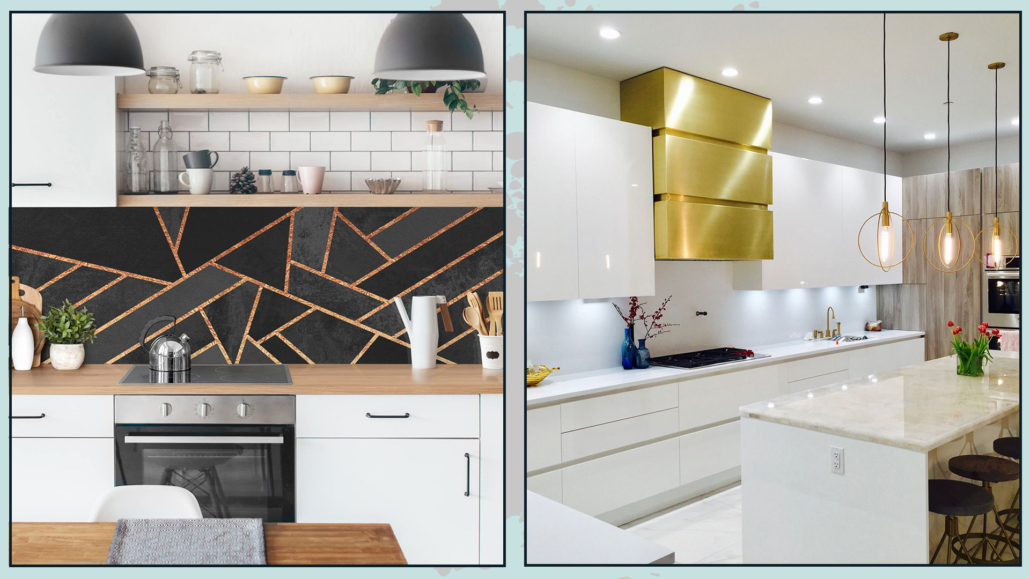


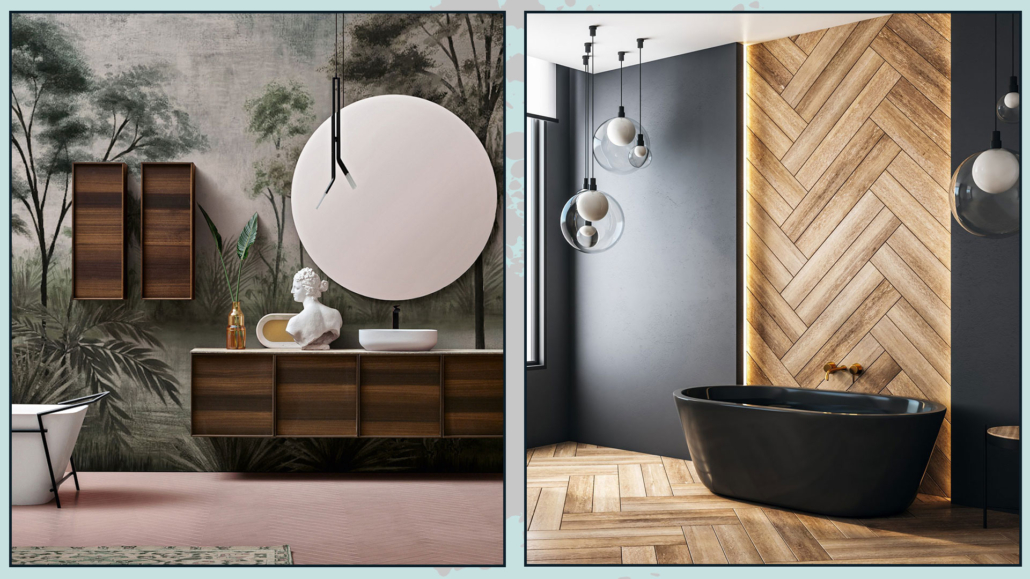
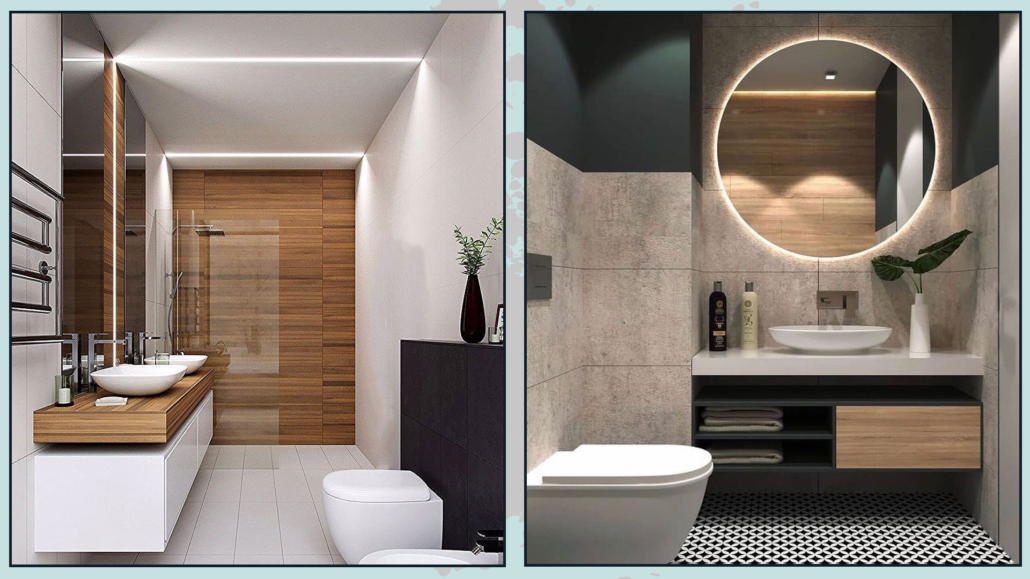
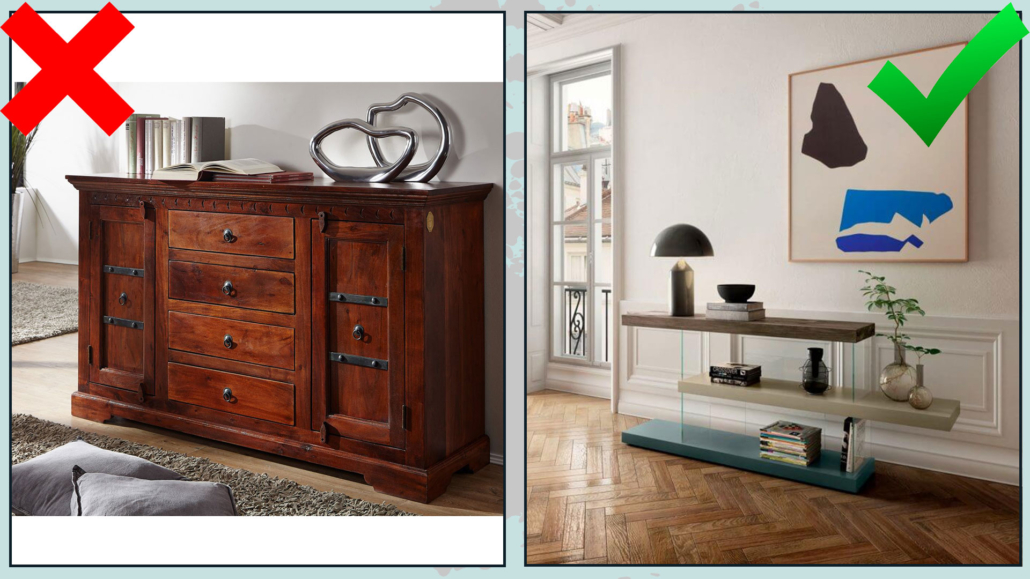
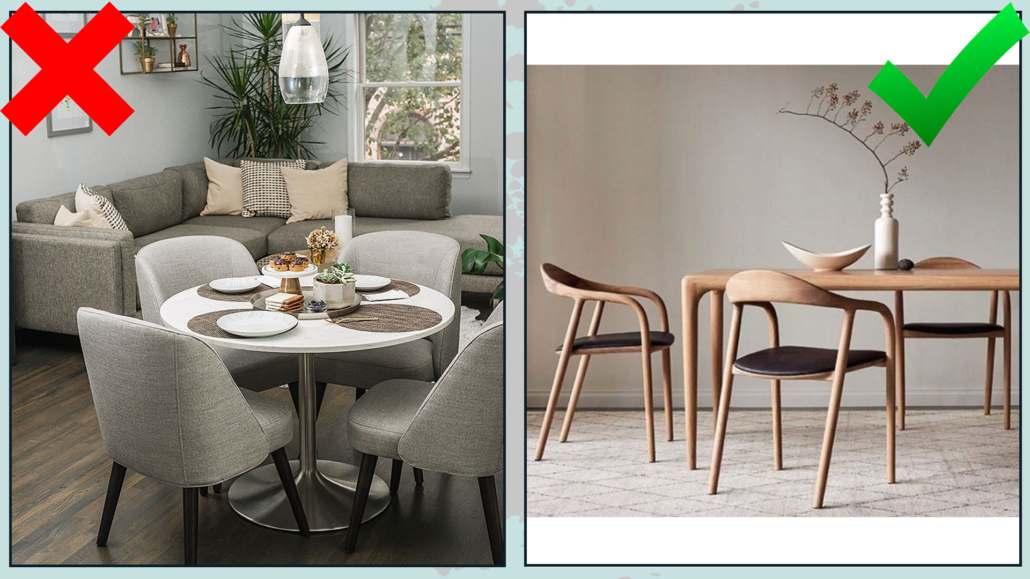
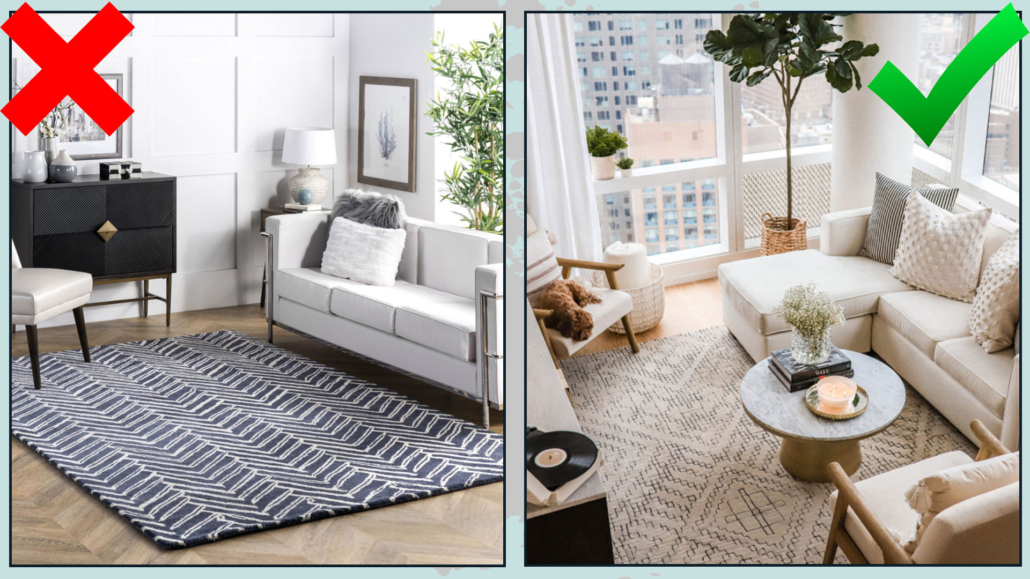
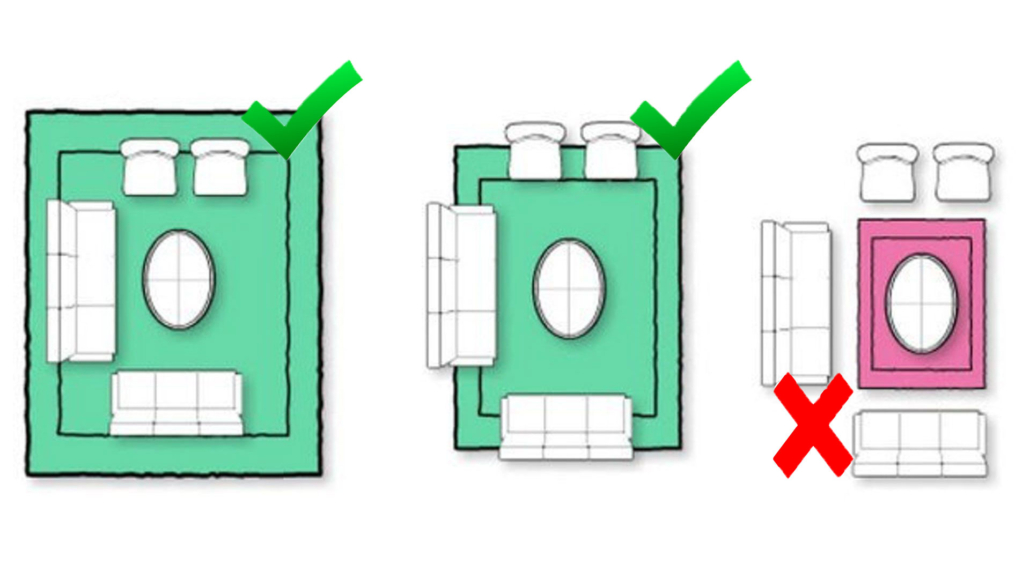 3 – DIFFERENT AND CONTRASTING FLOORING
3 – DIFFERENT AND CONTRASTING FLOORING

